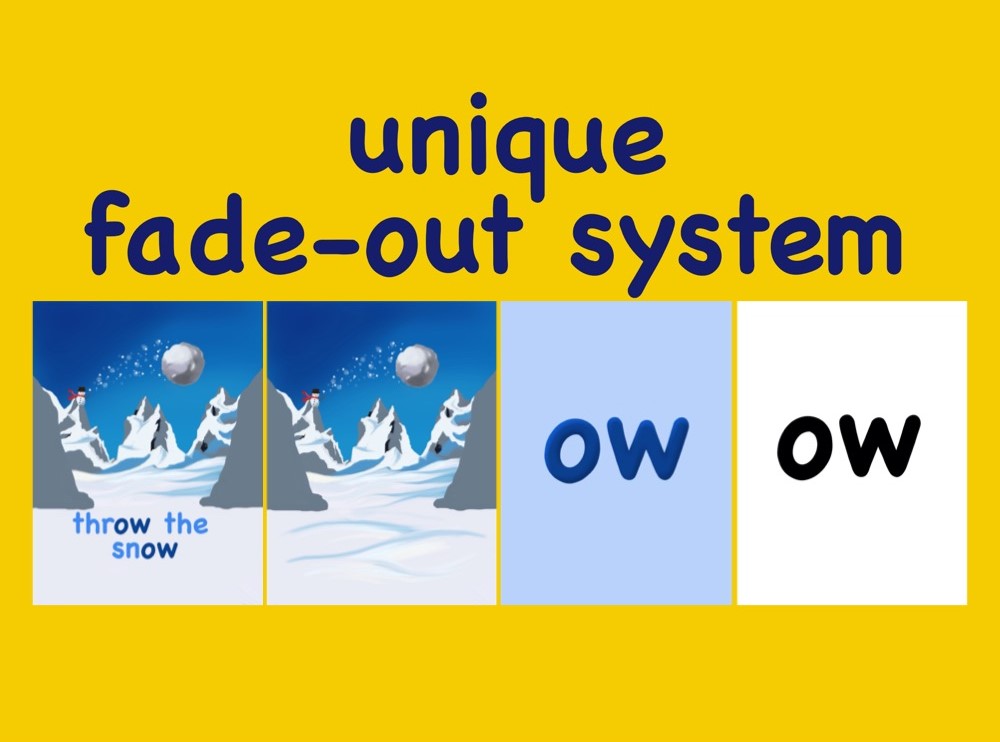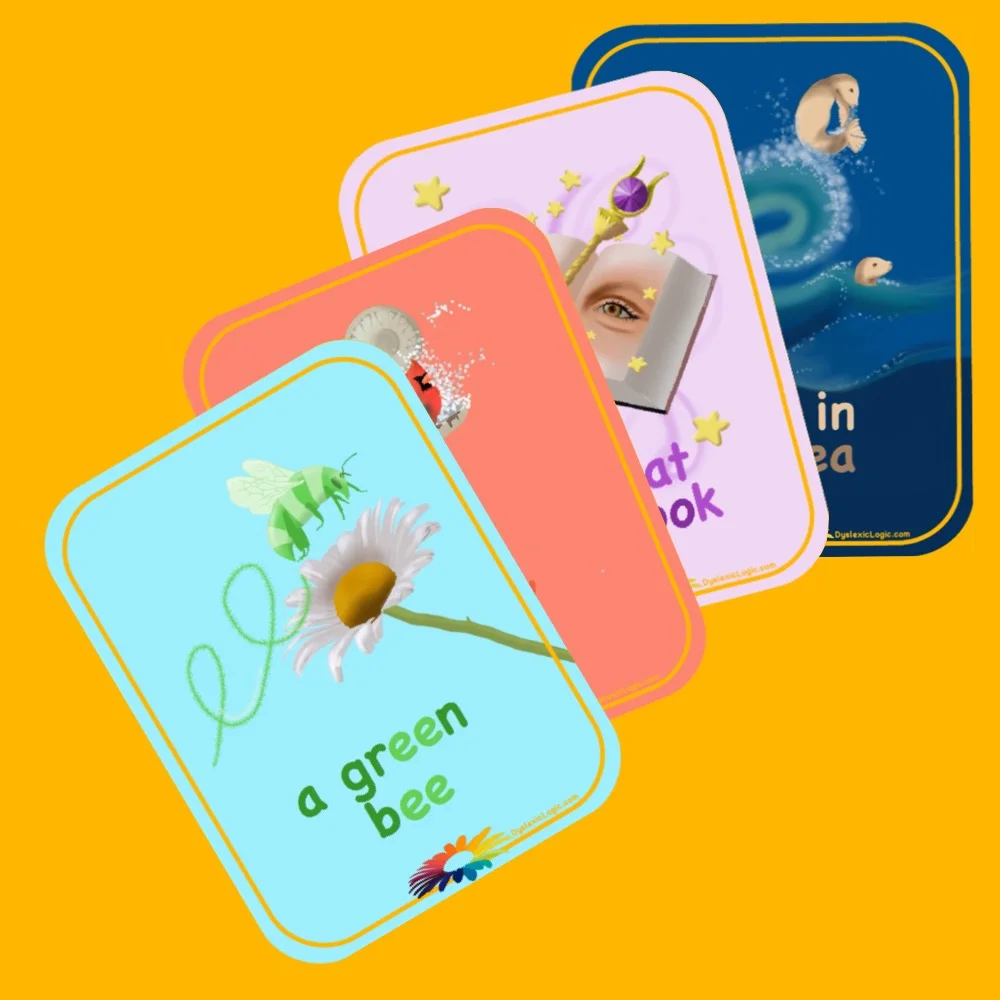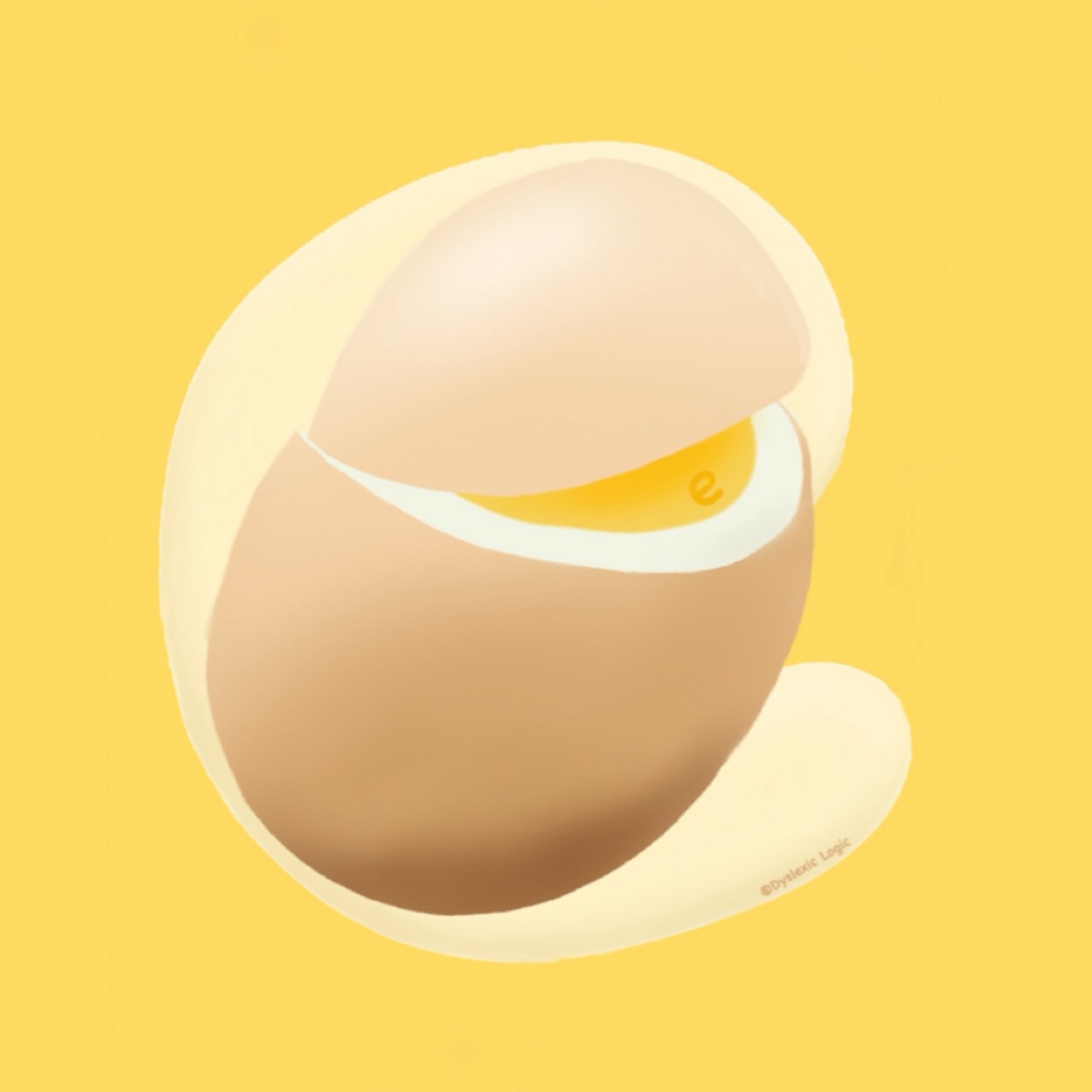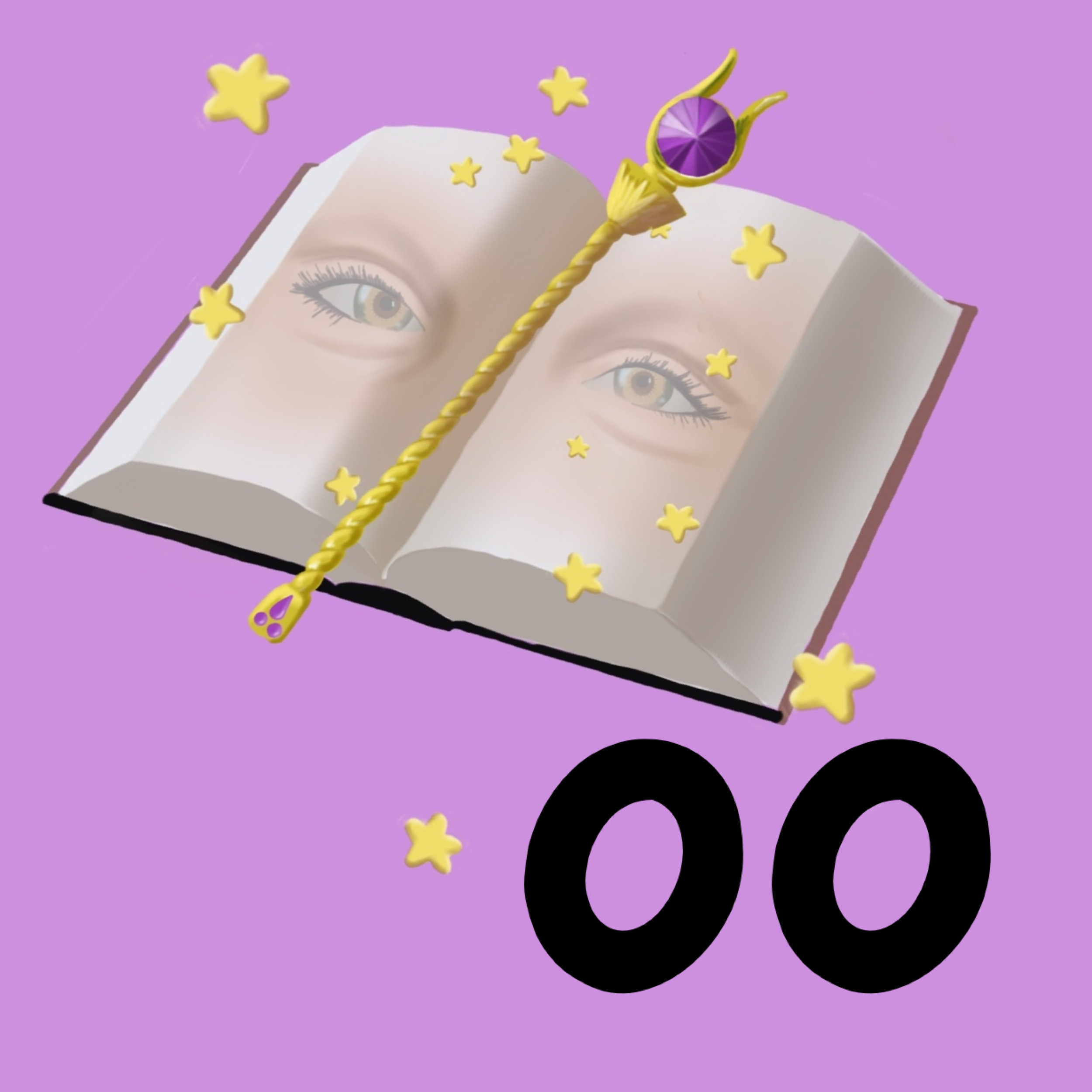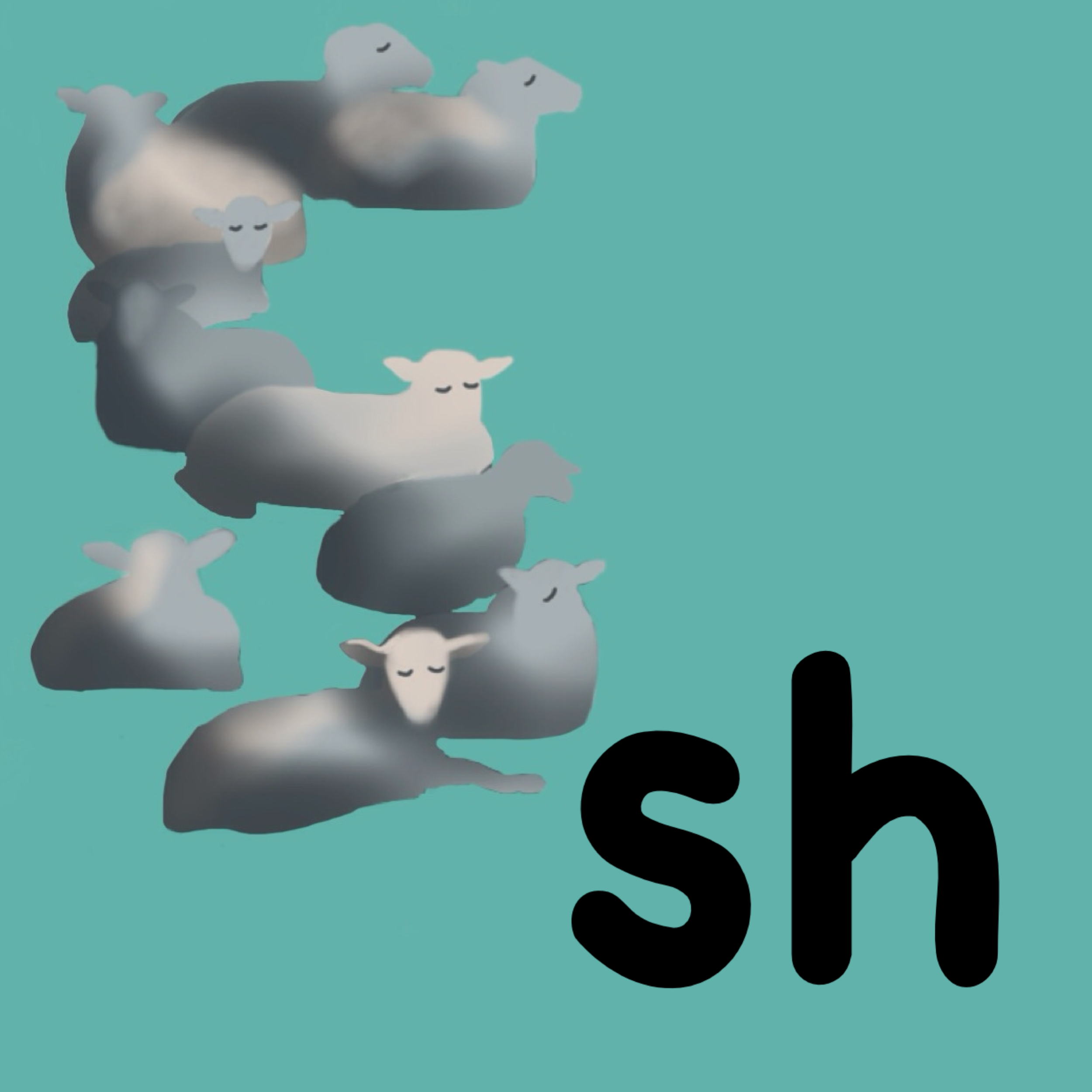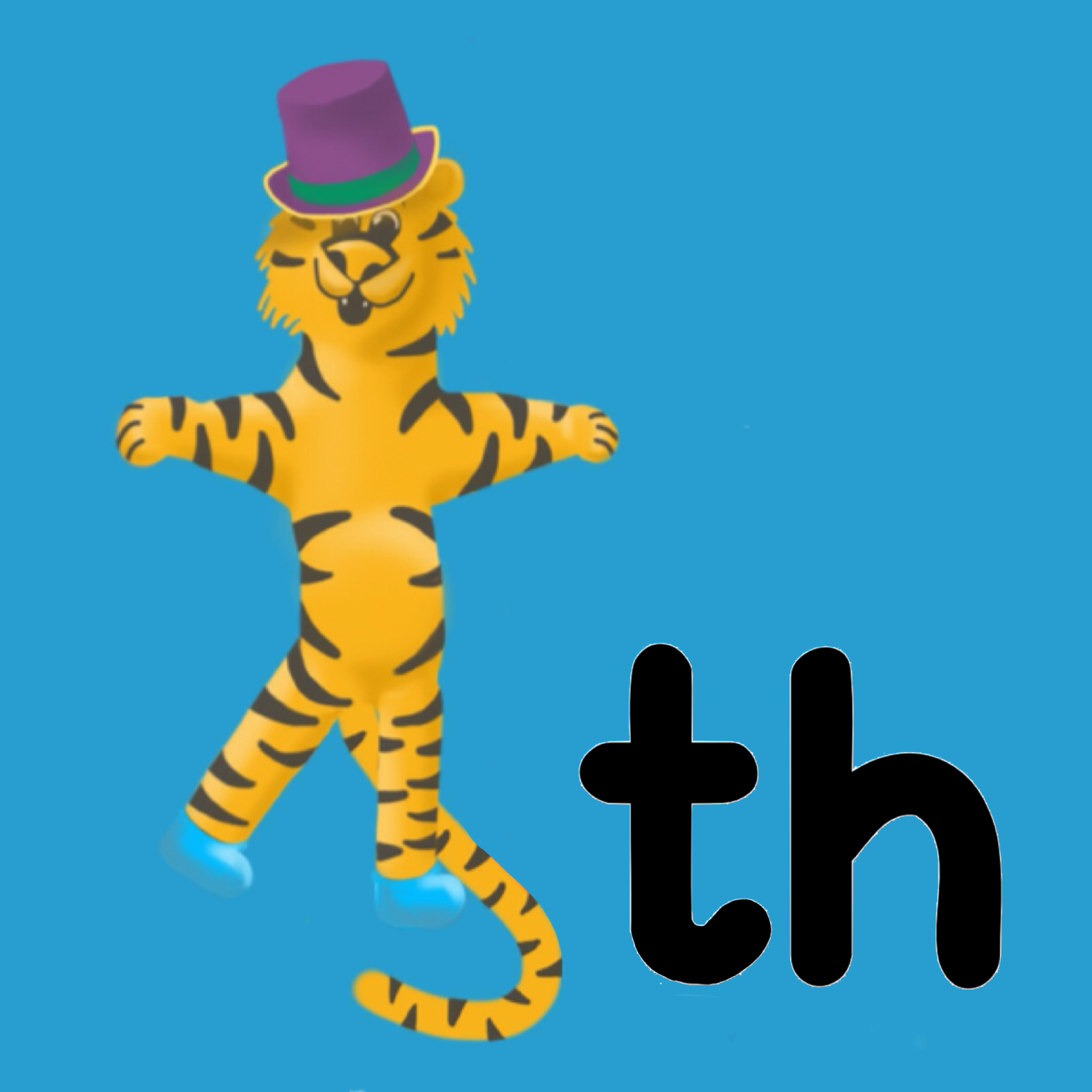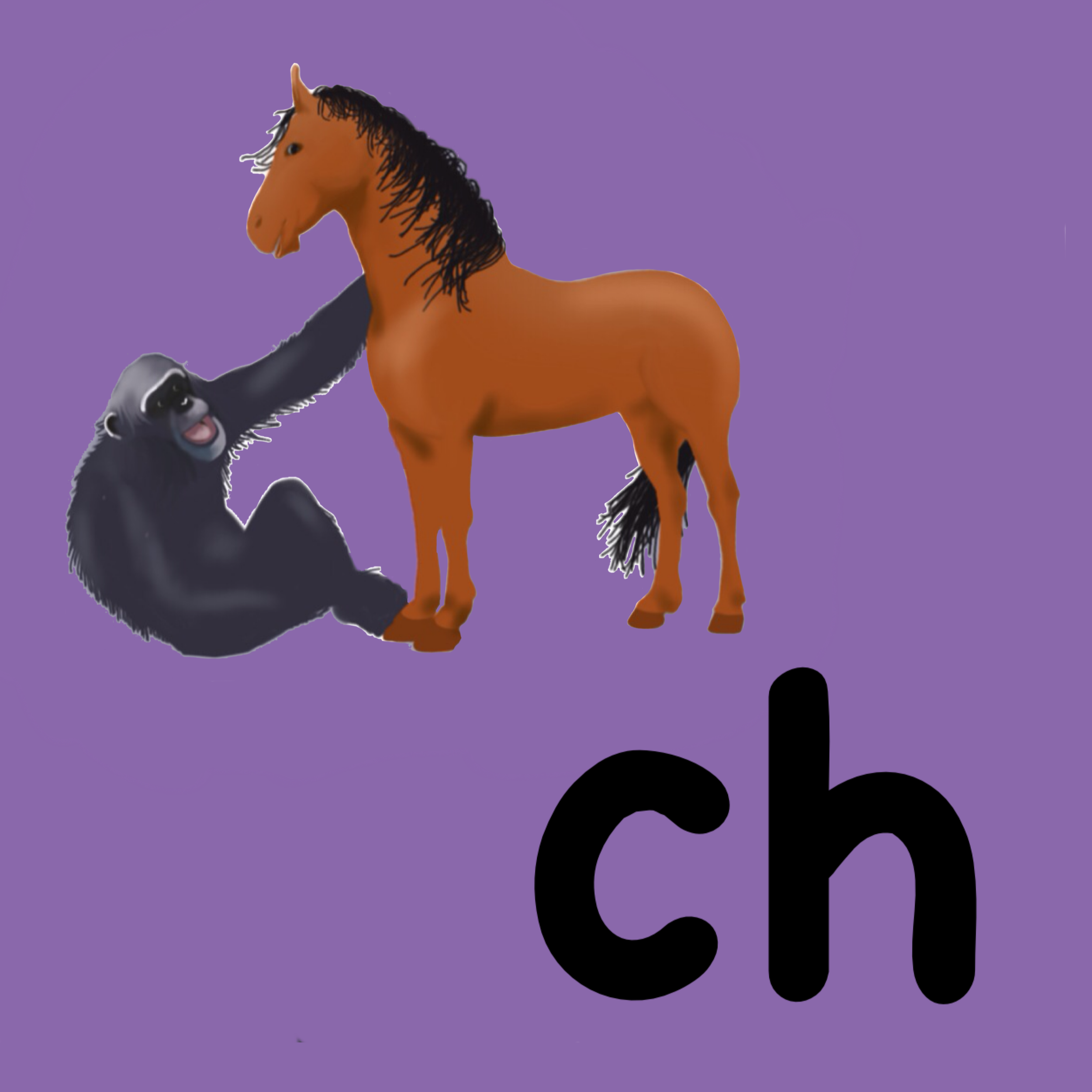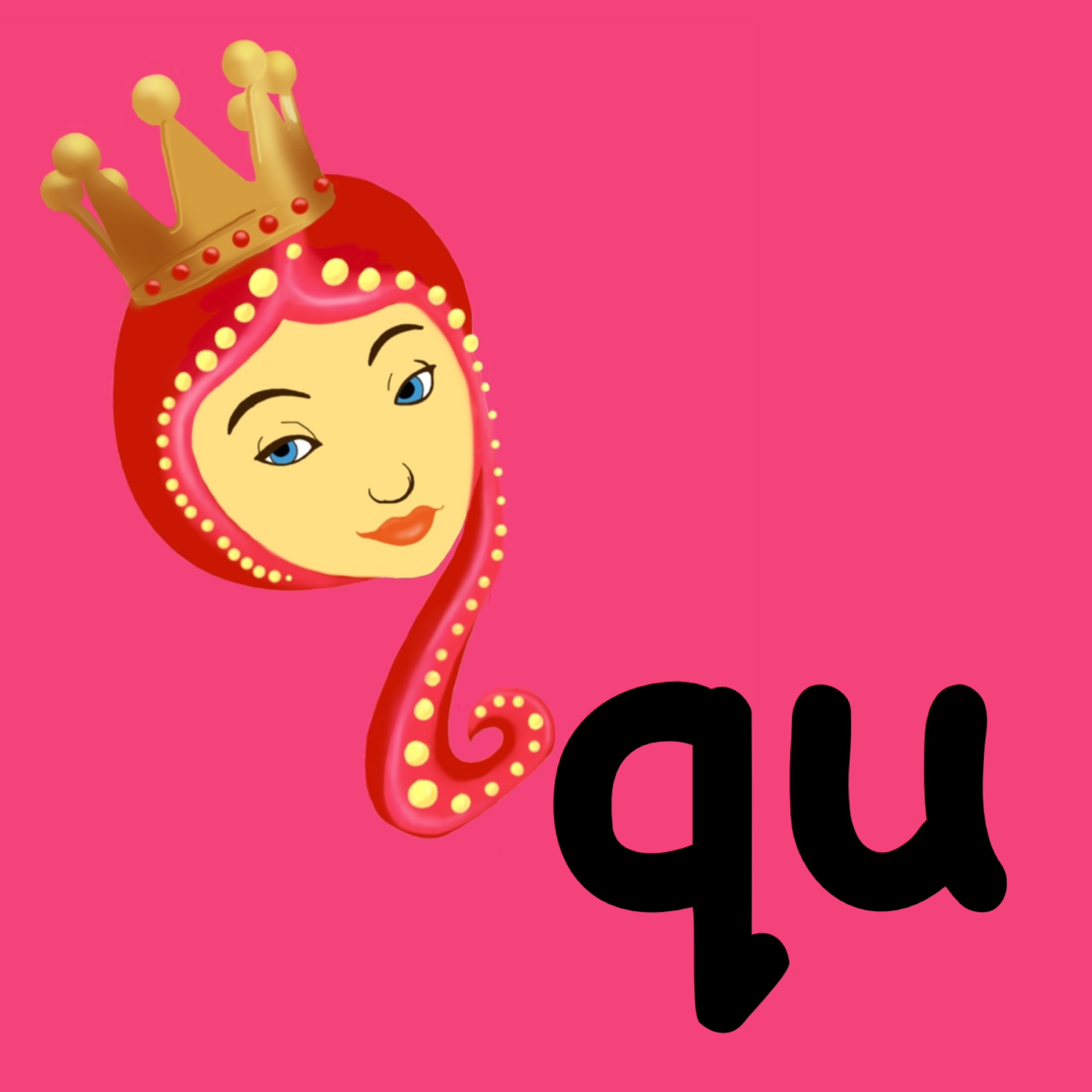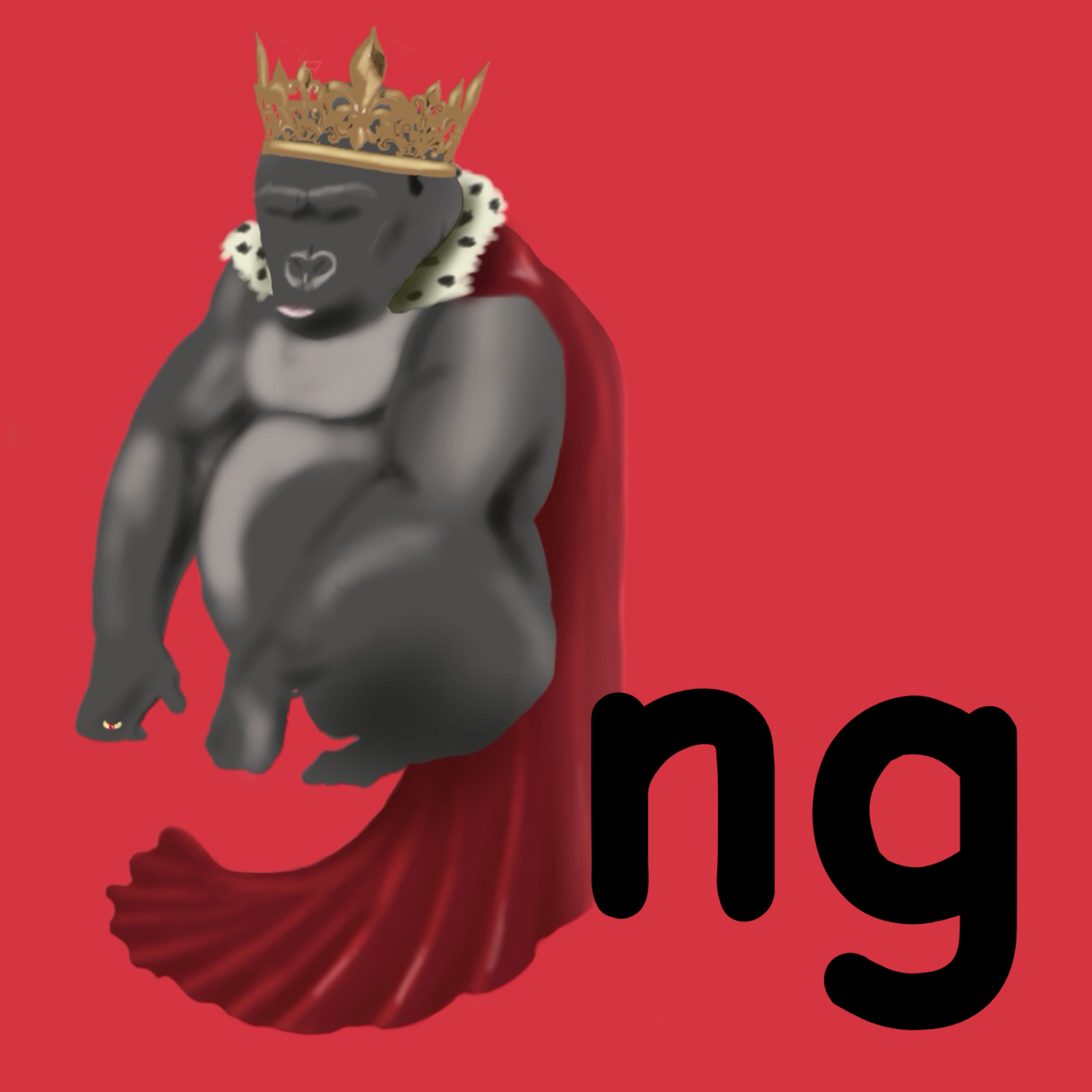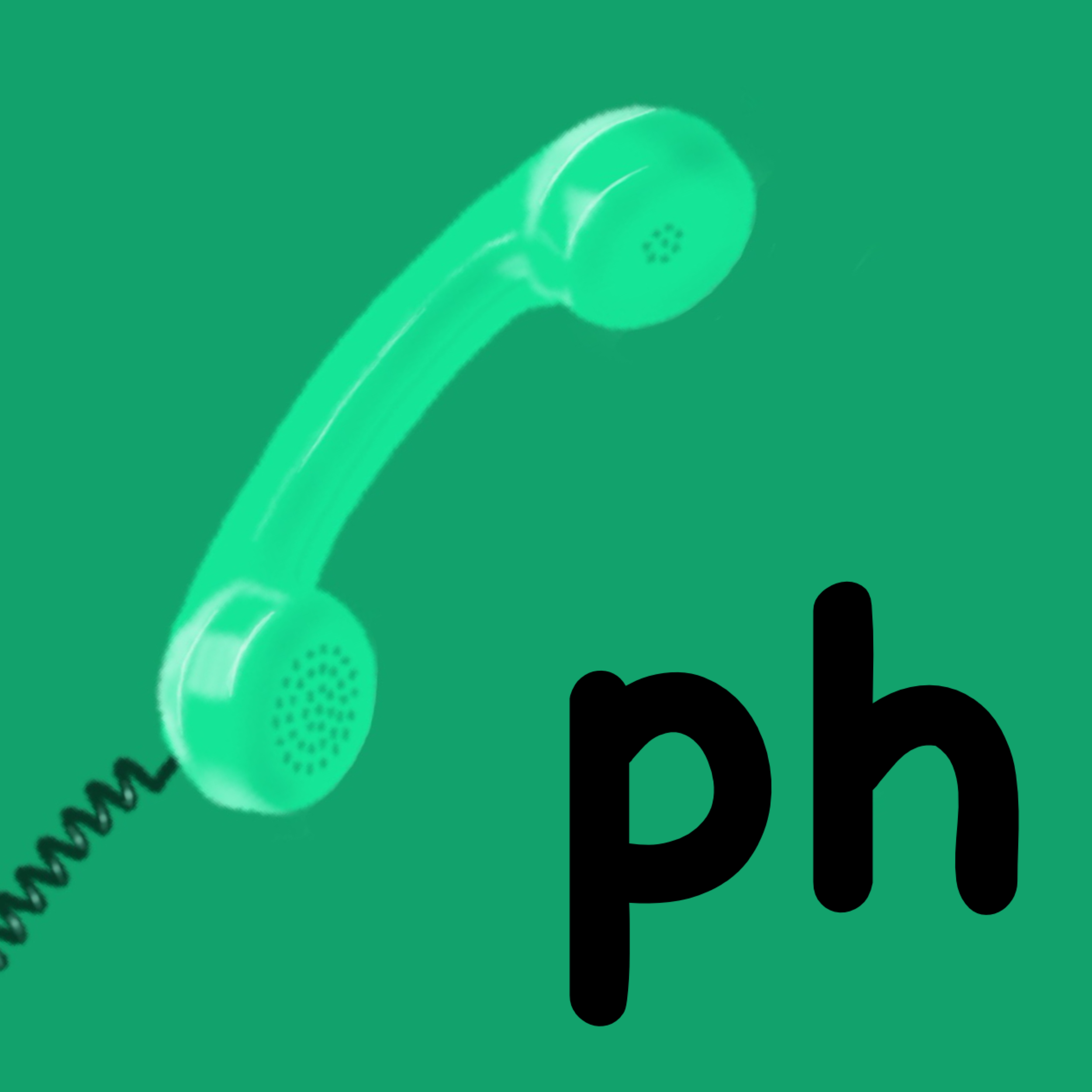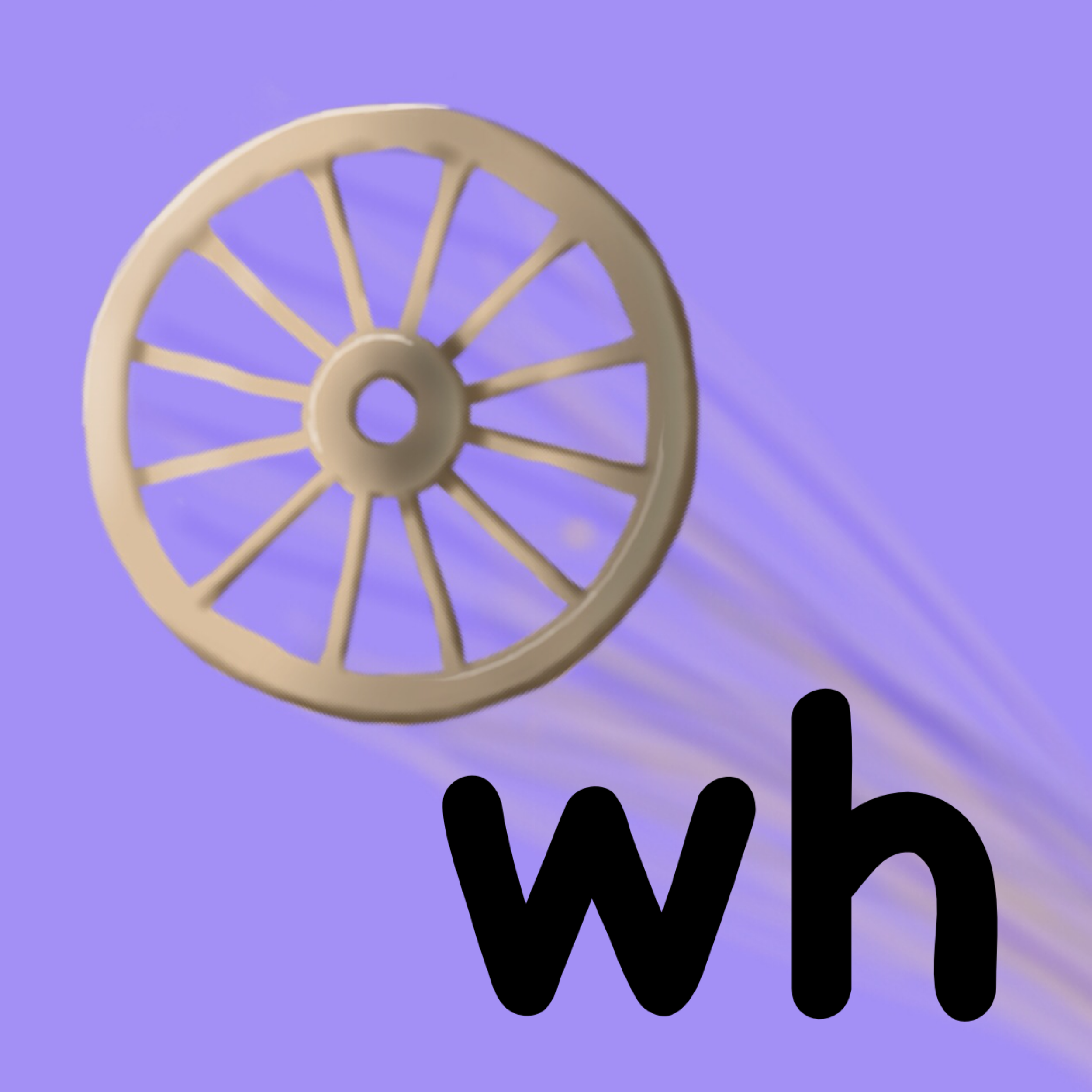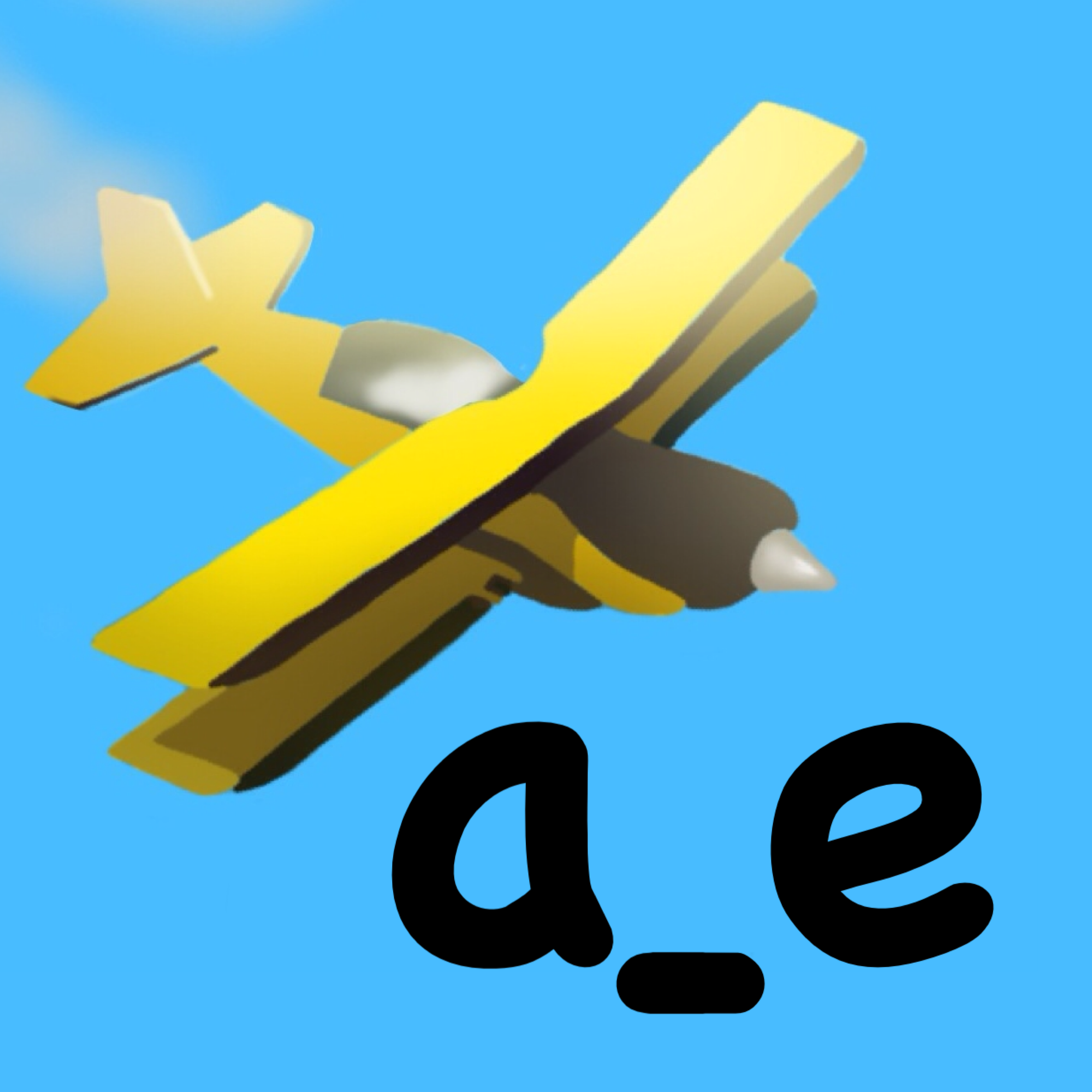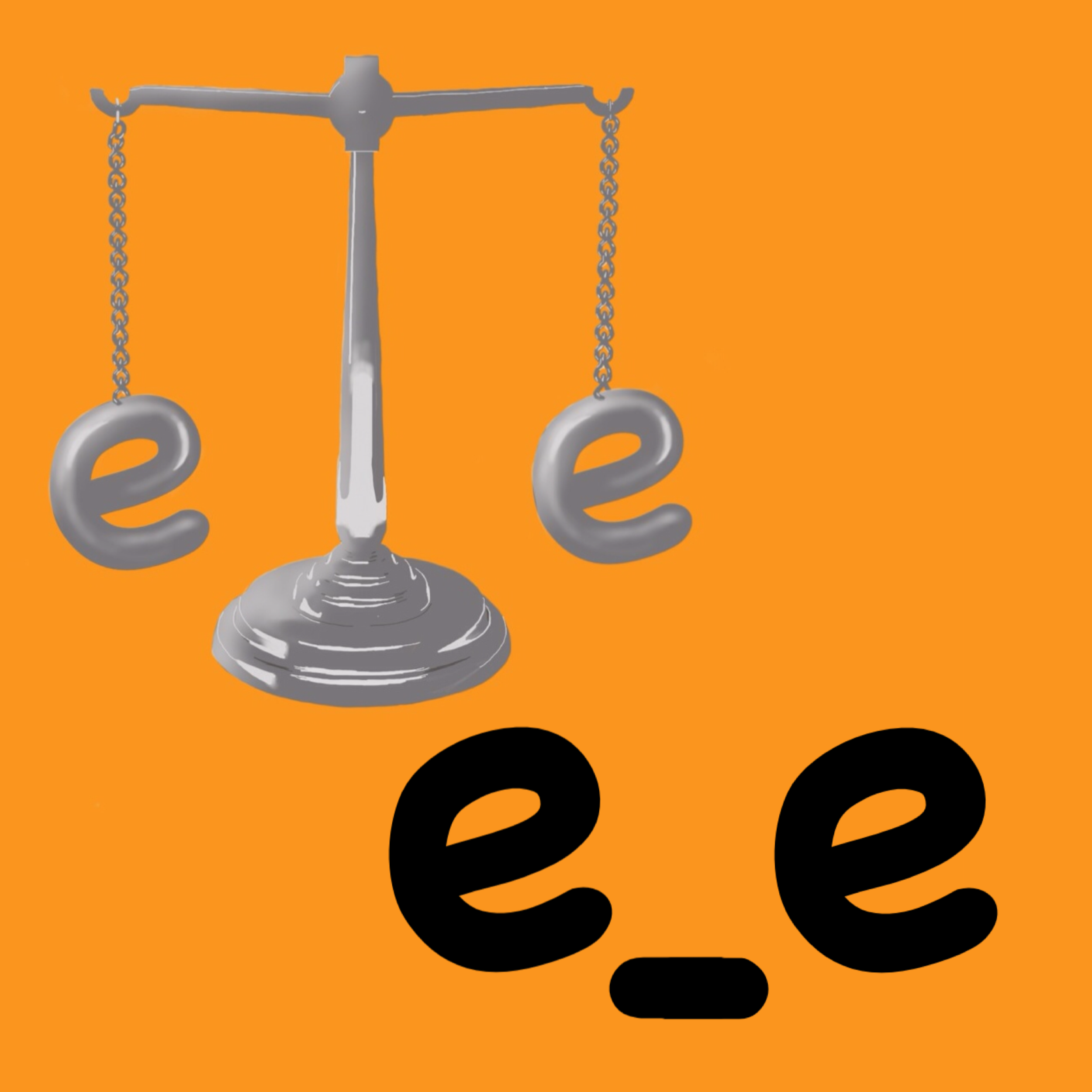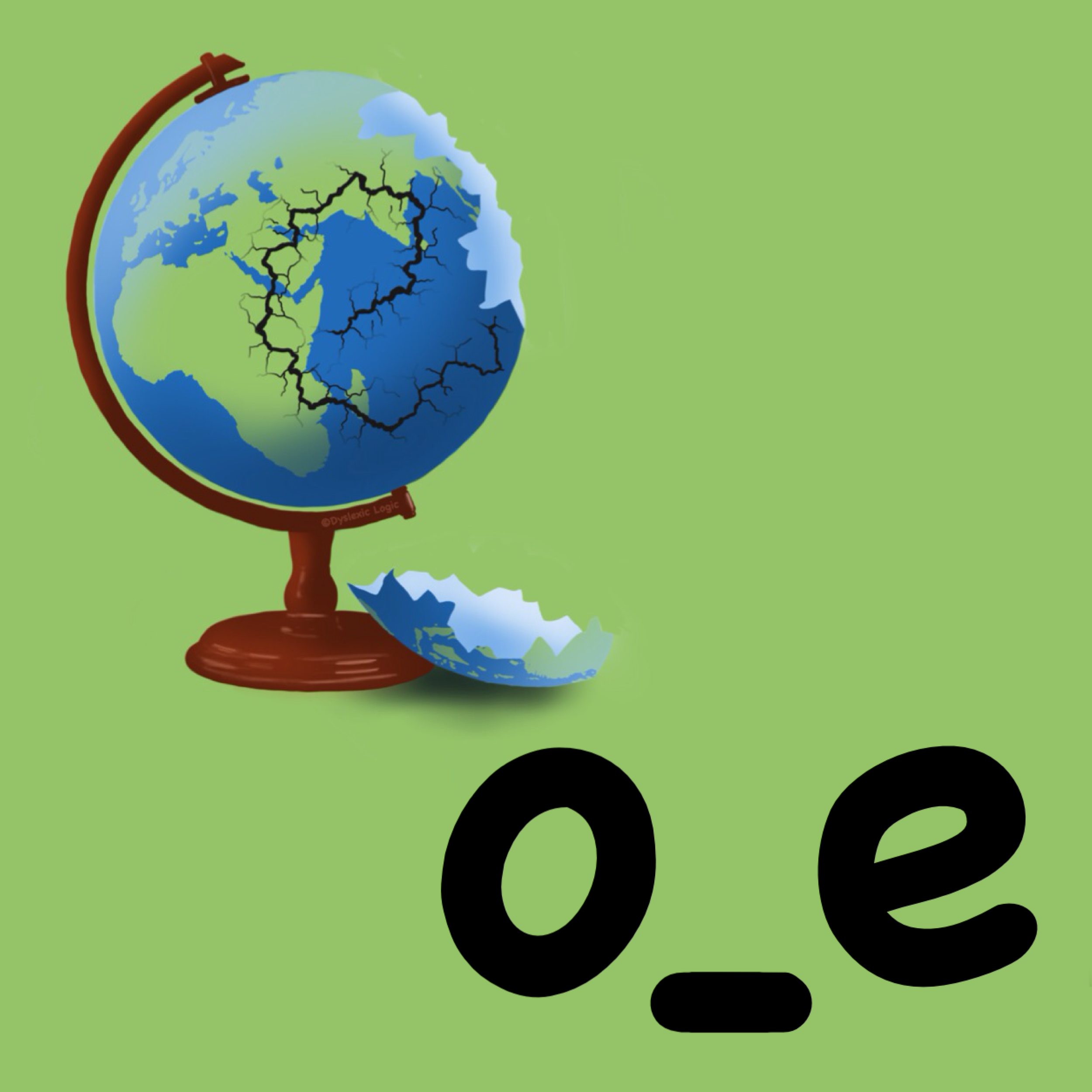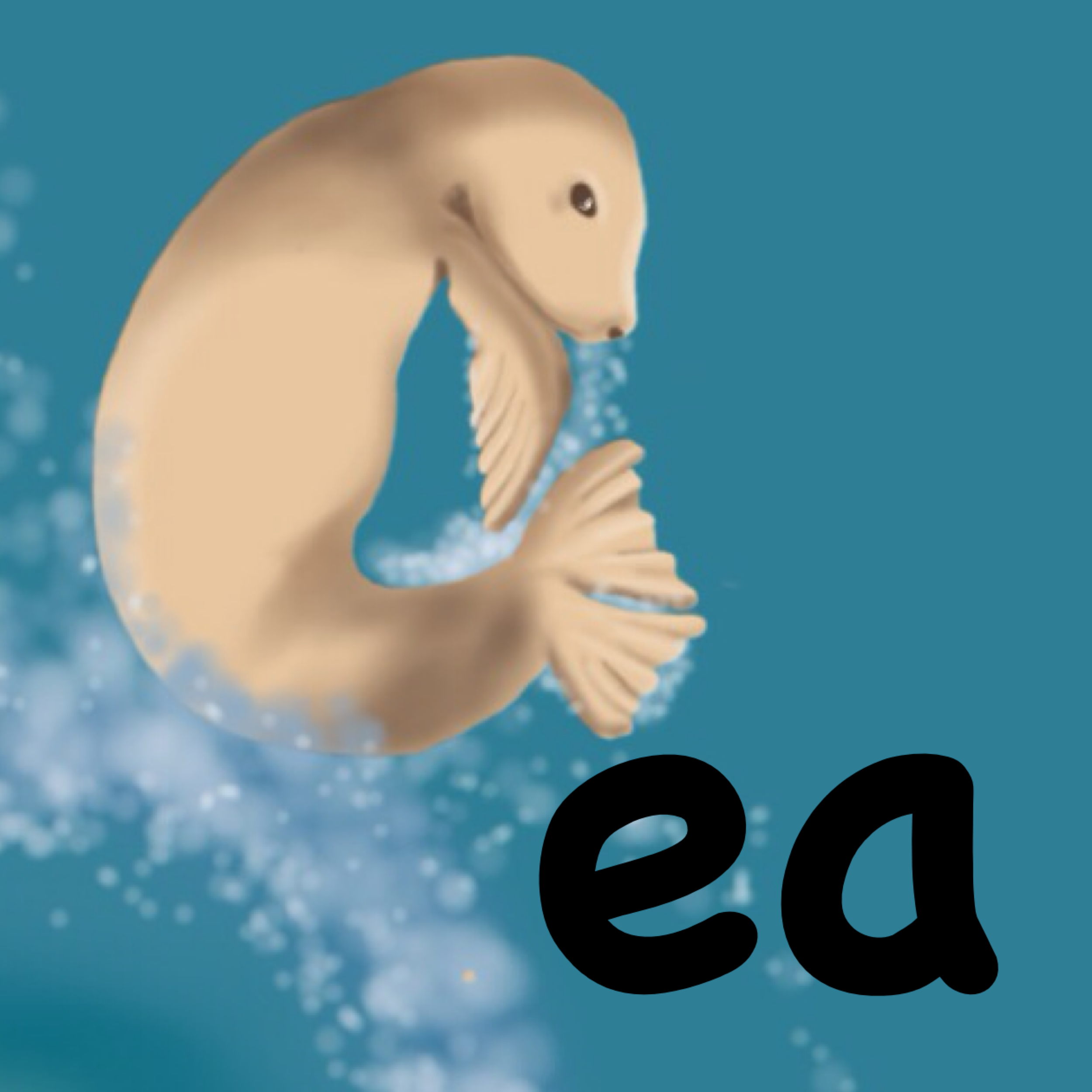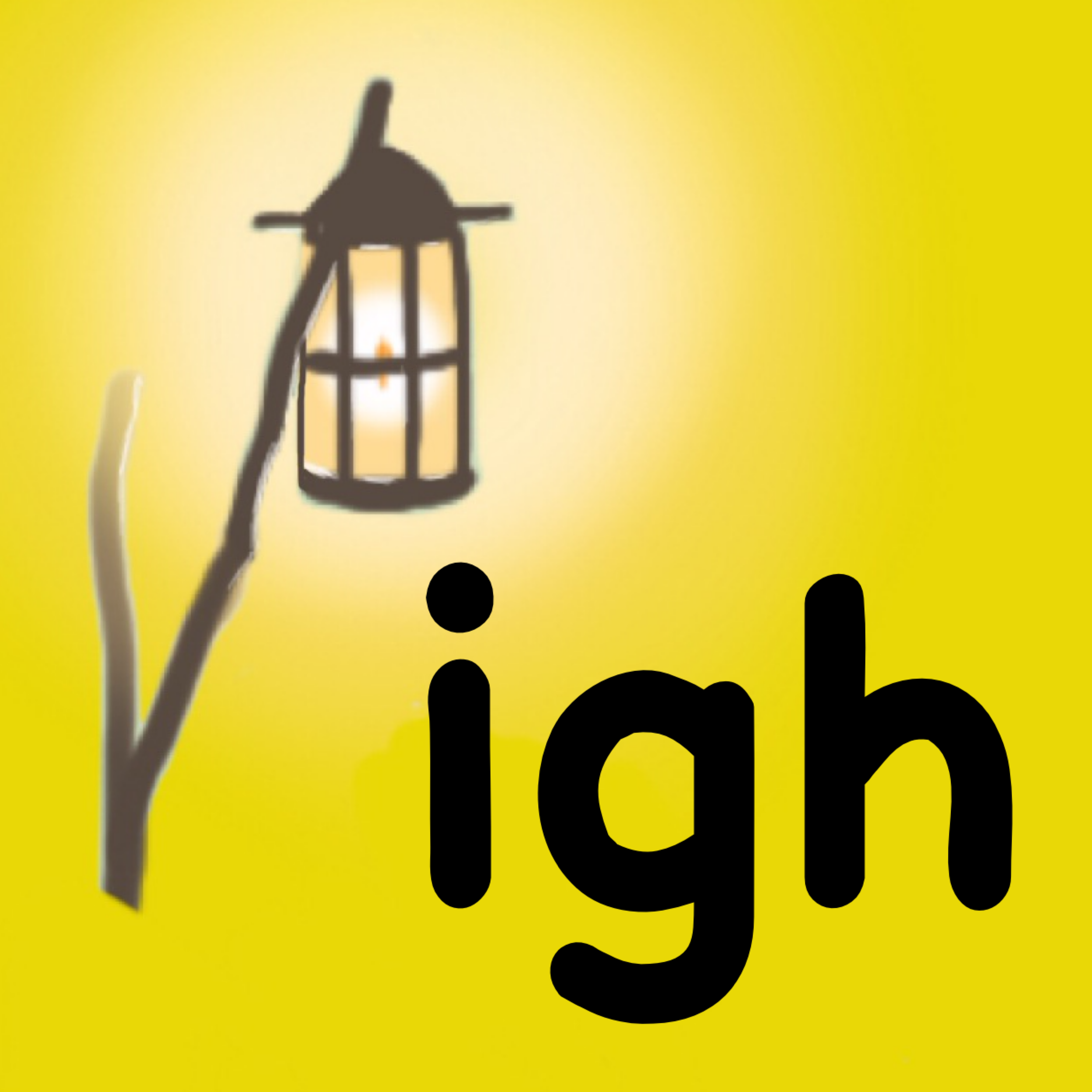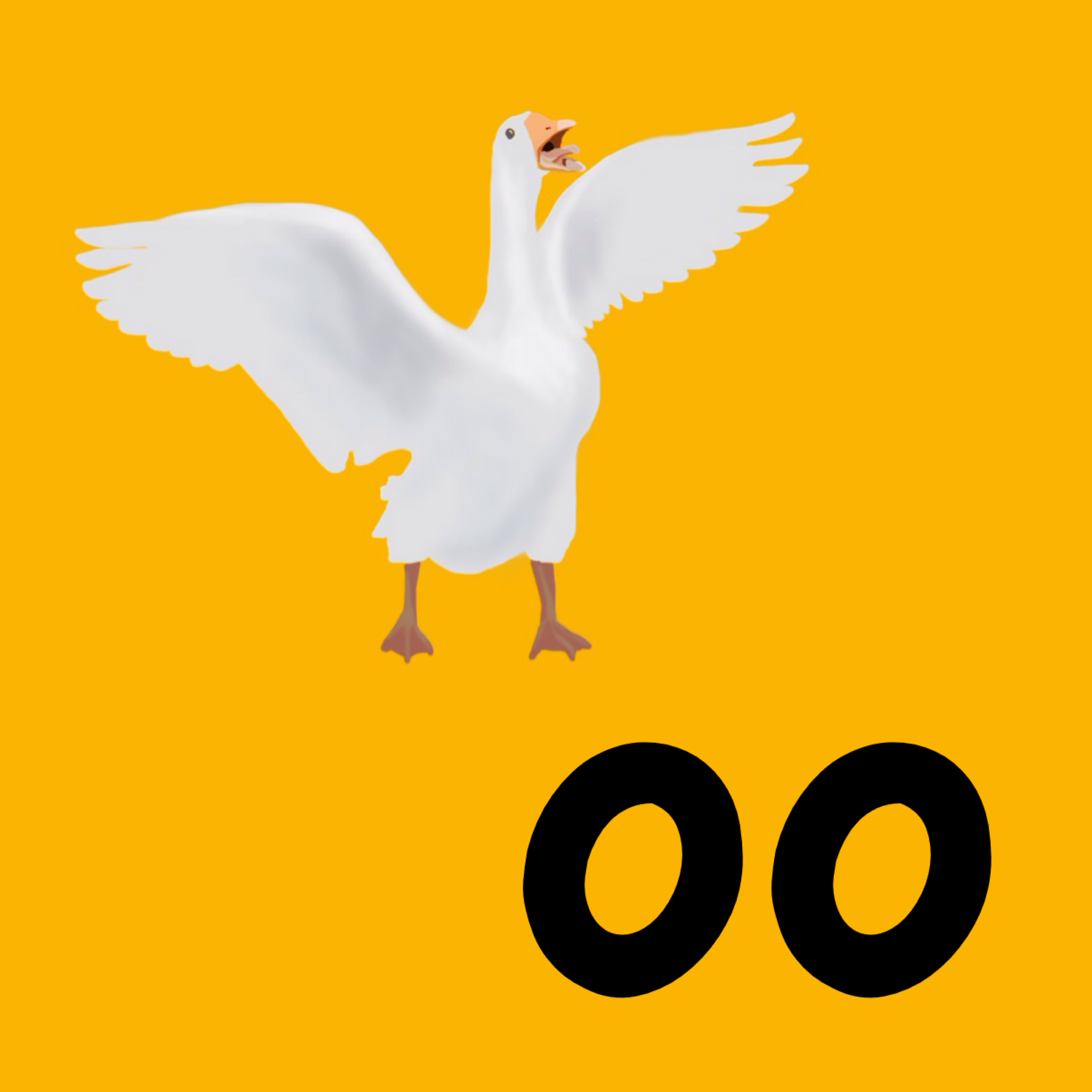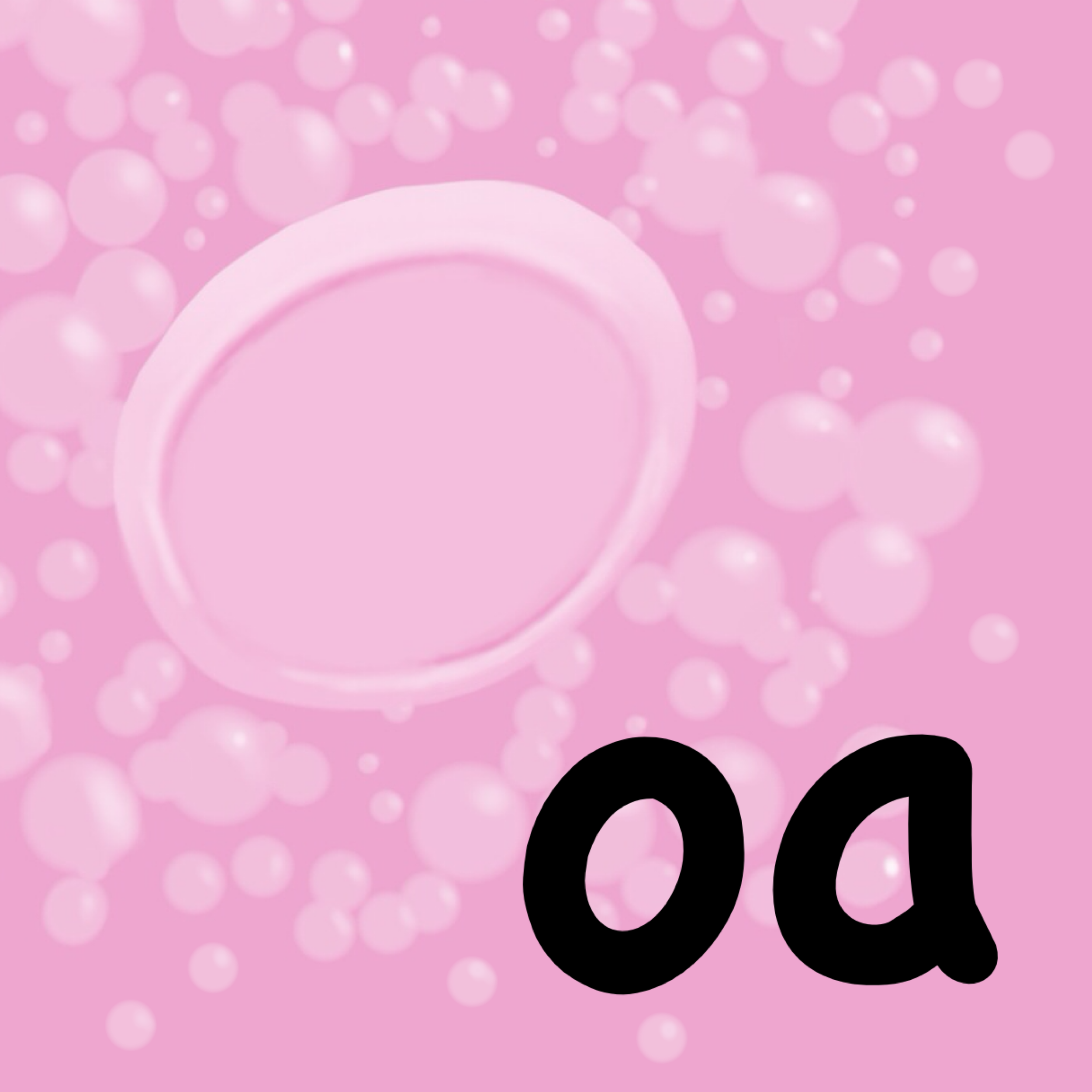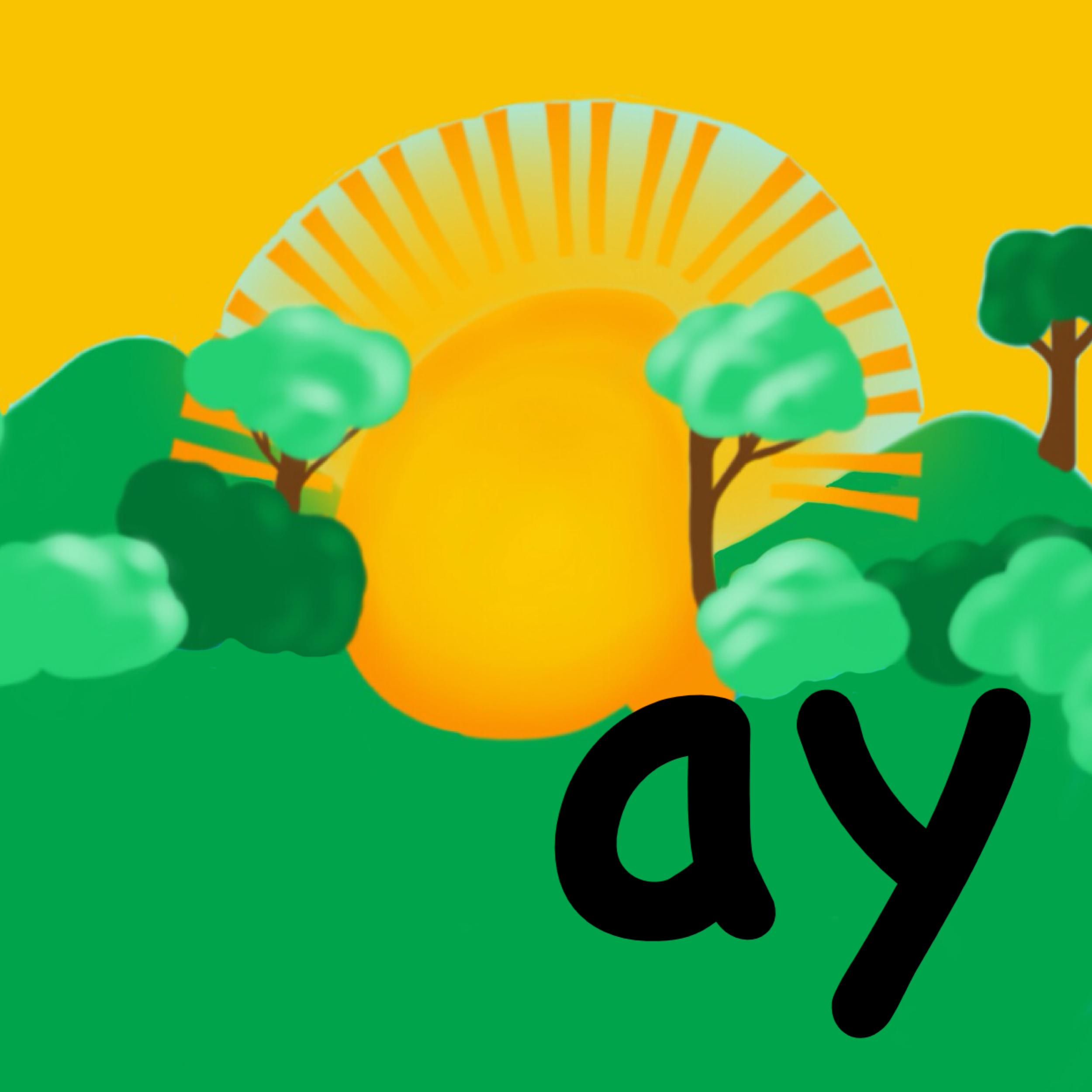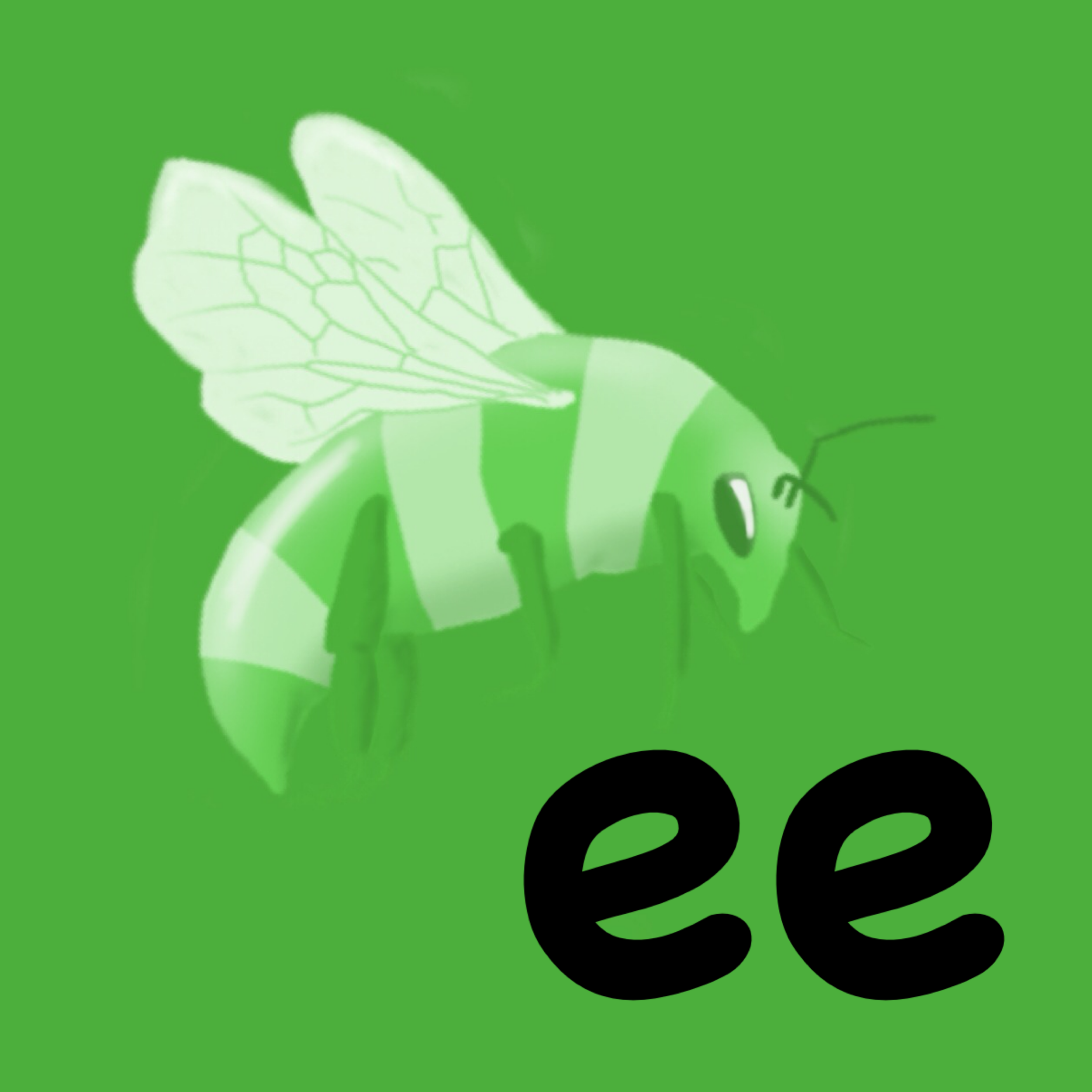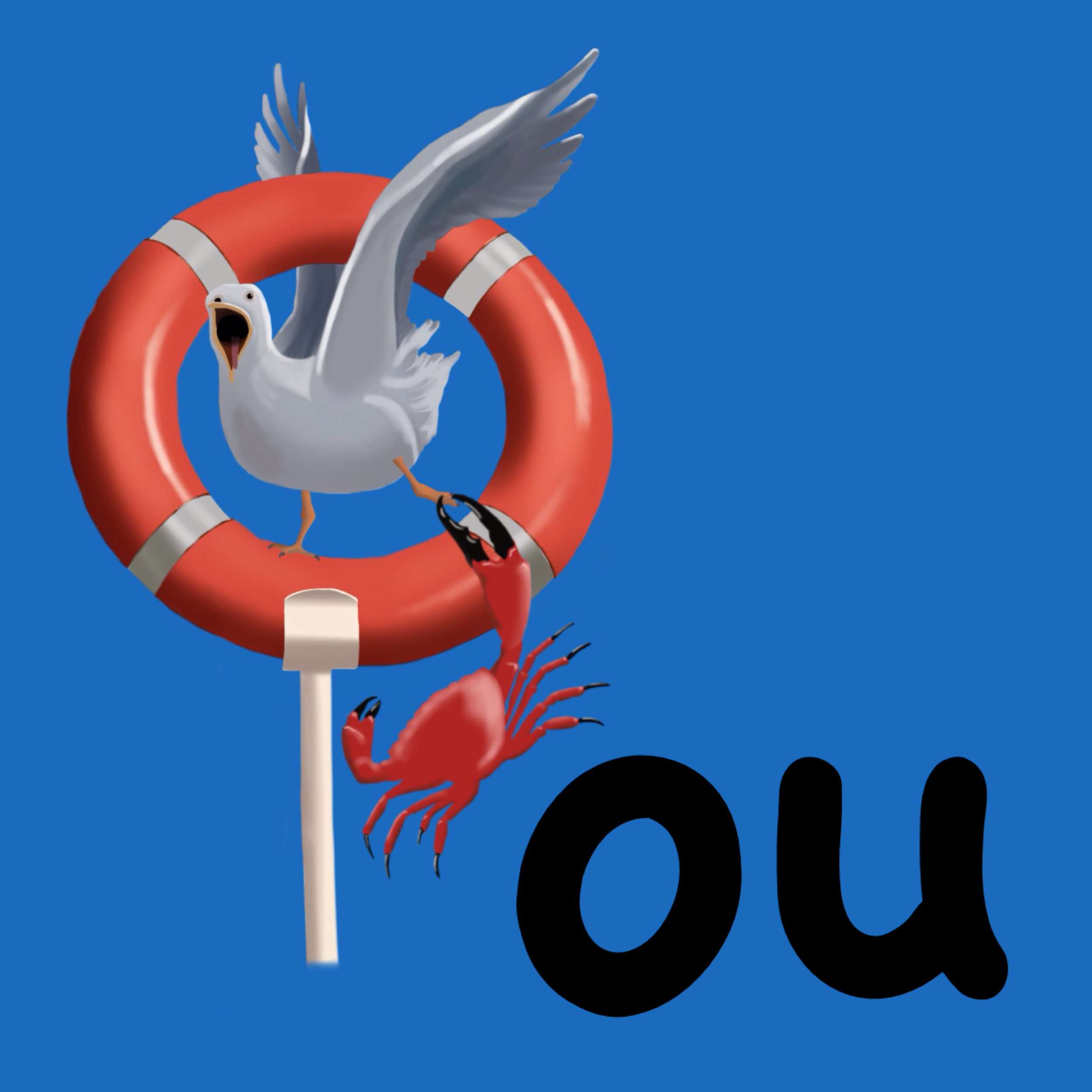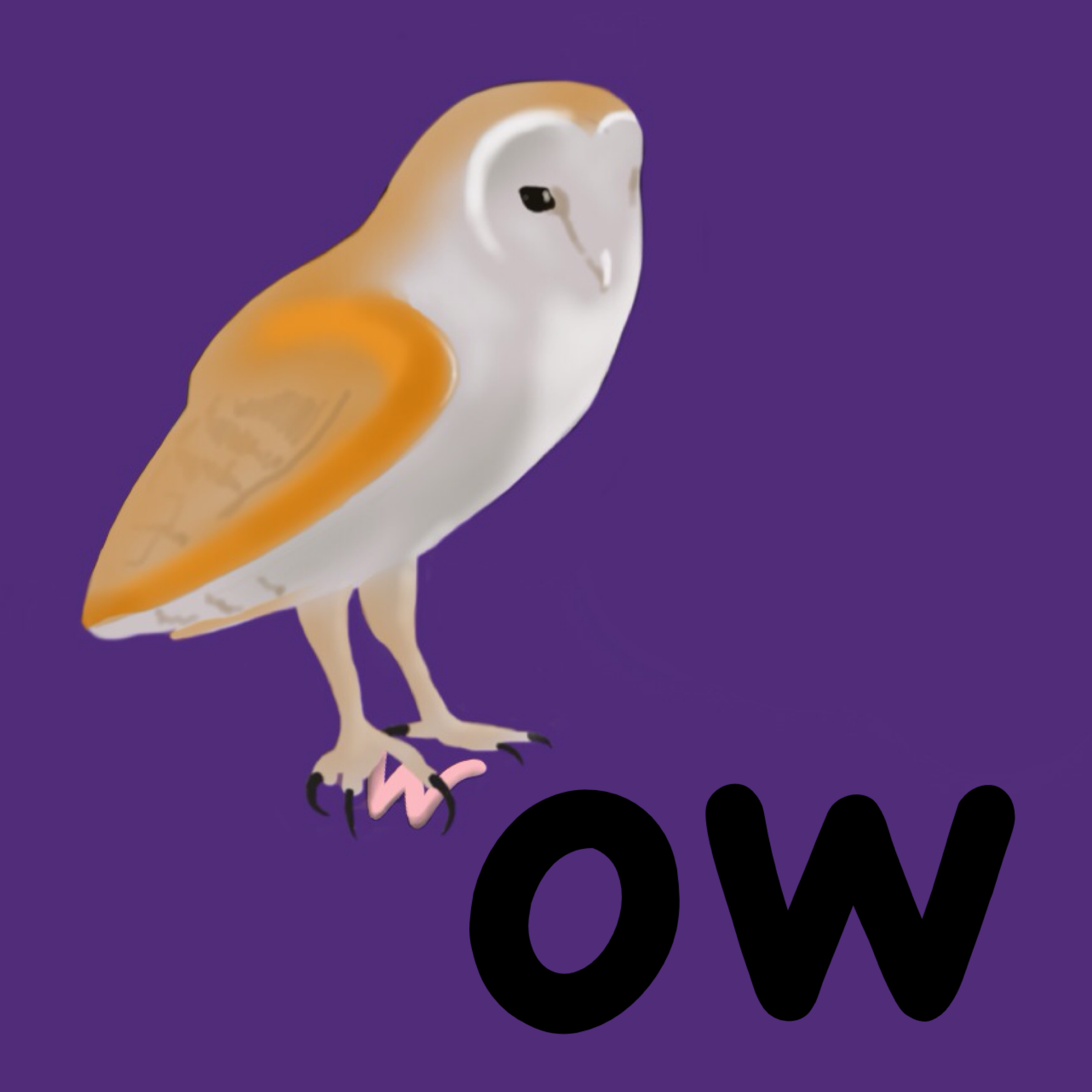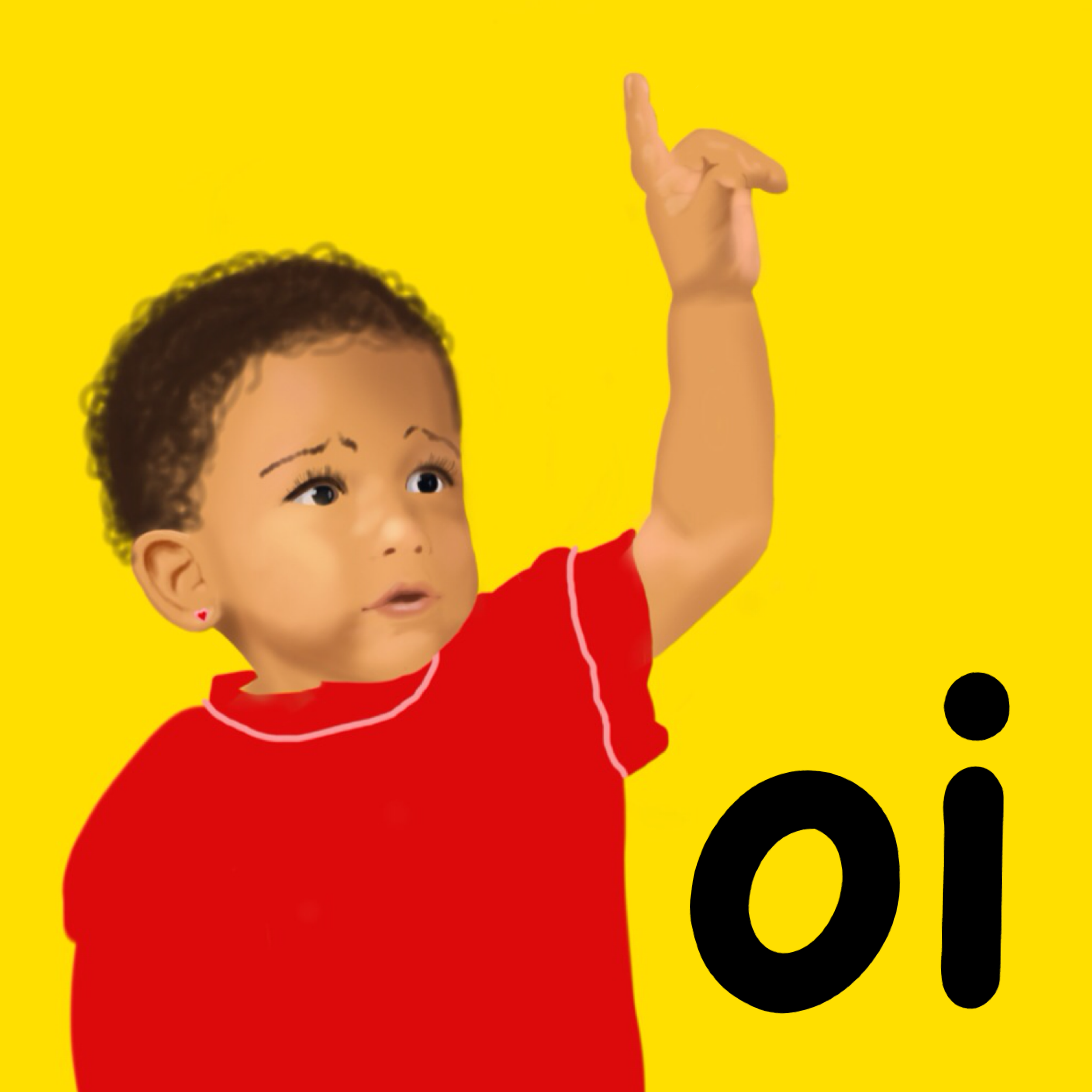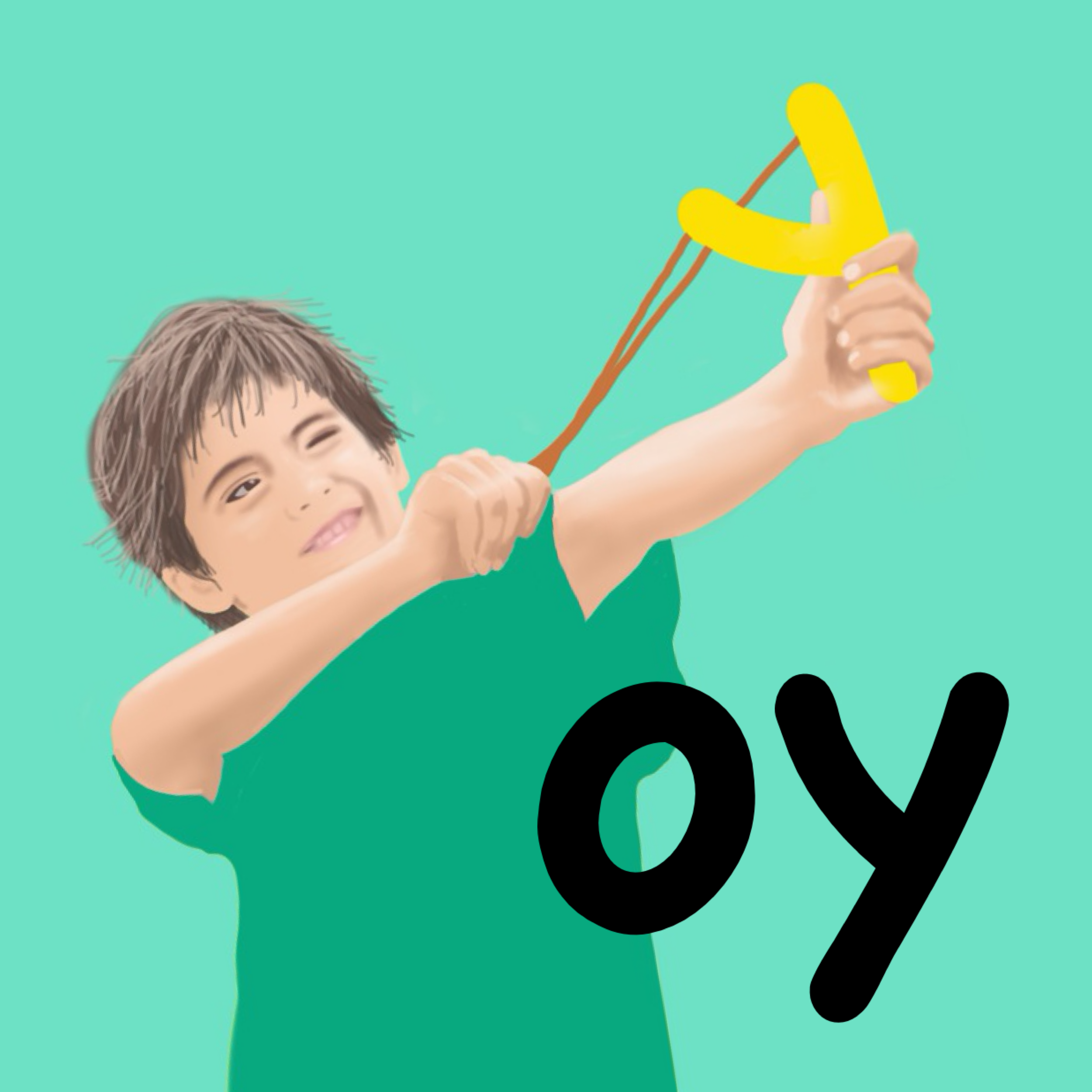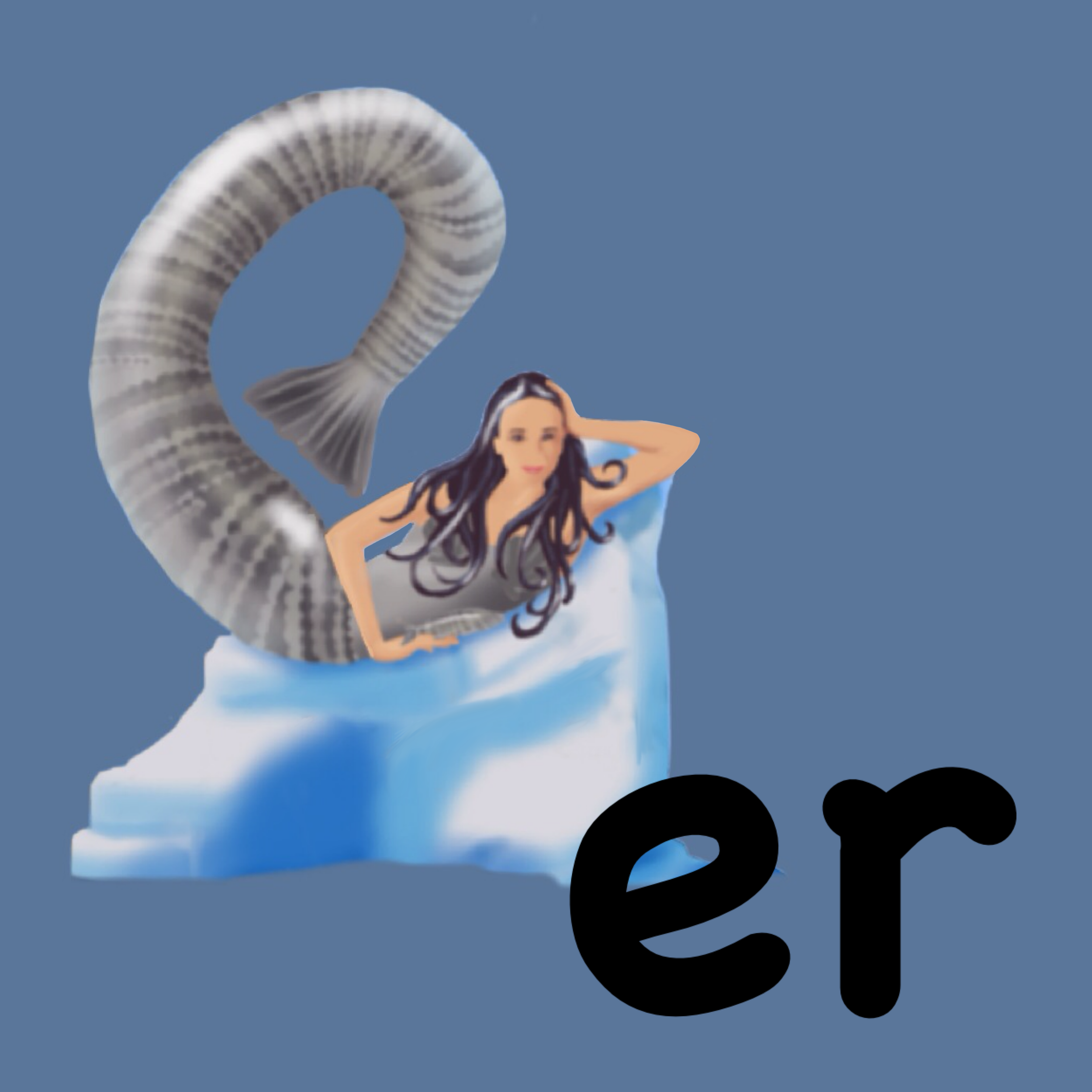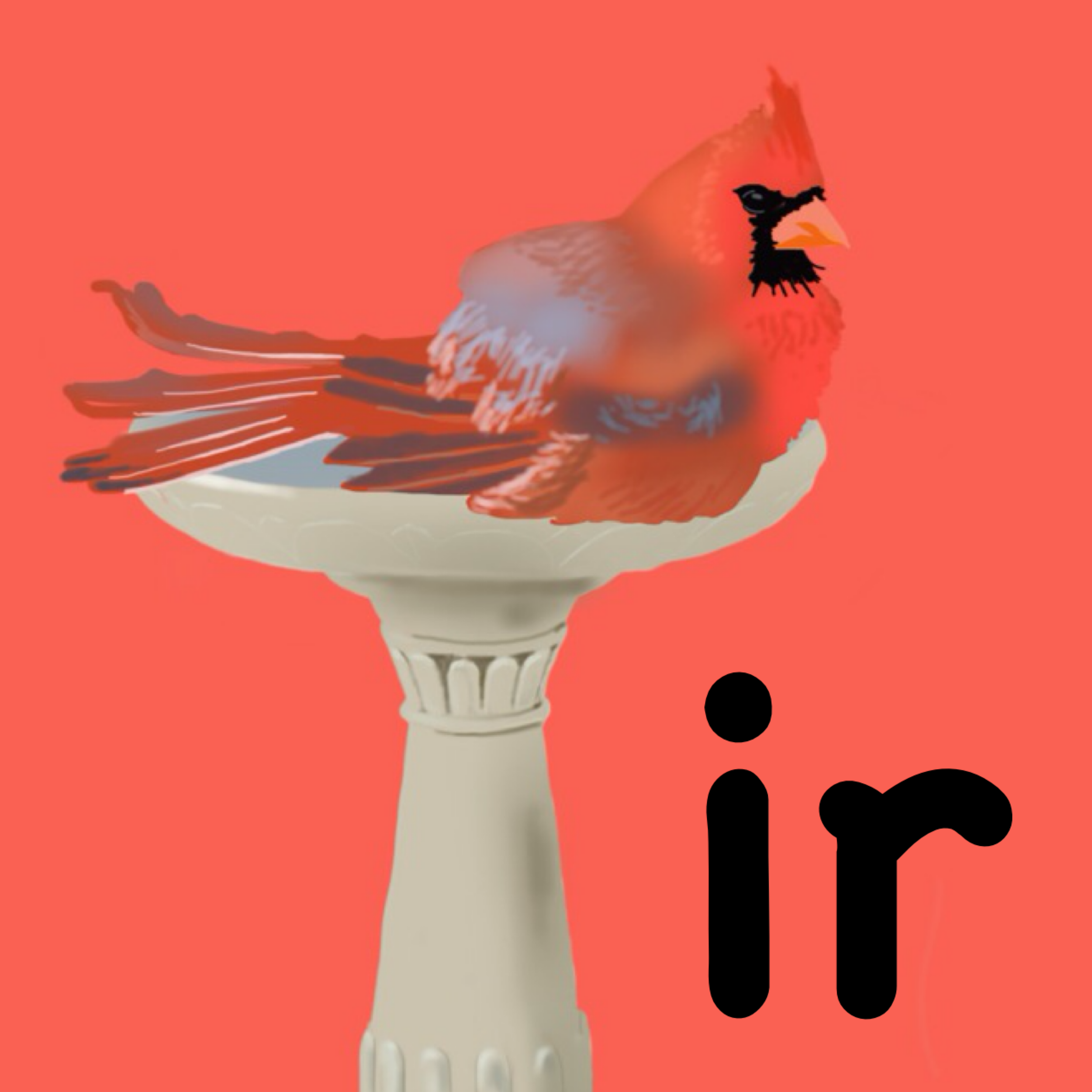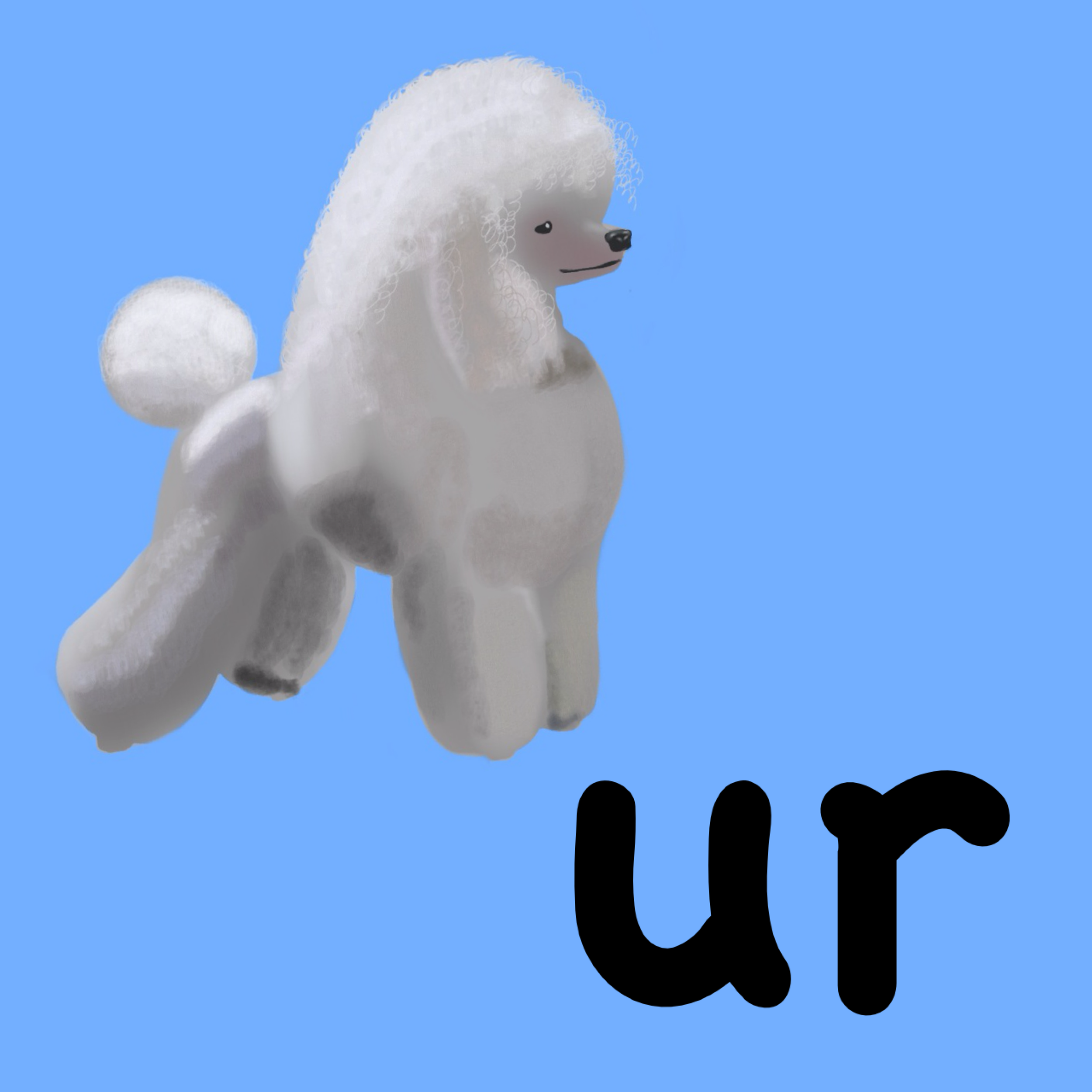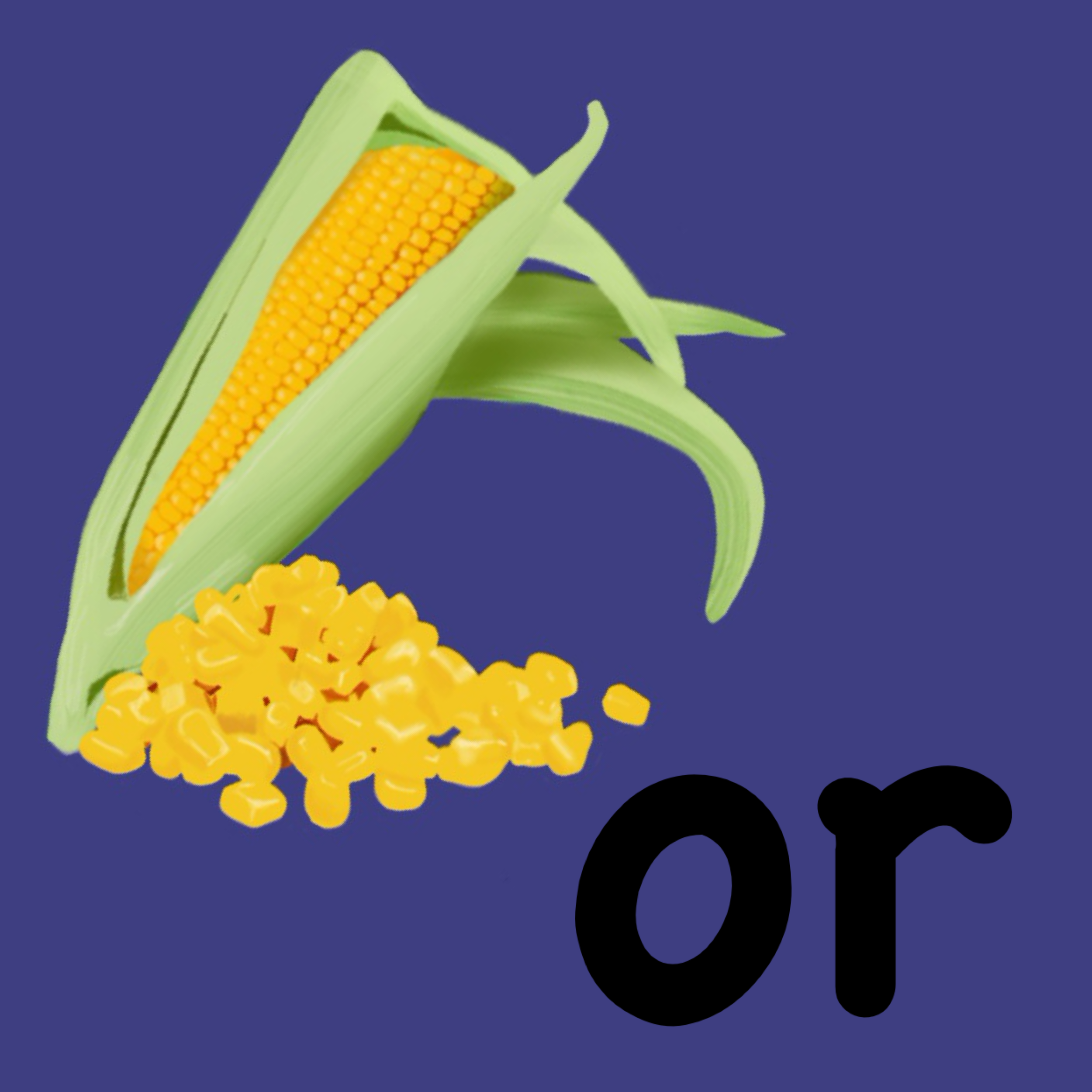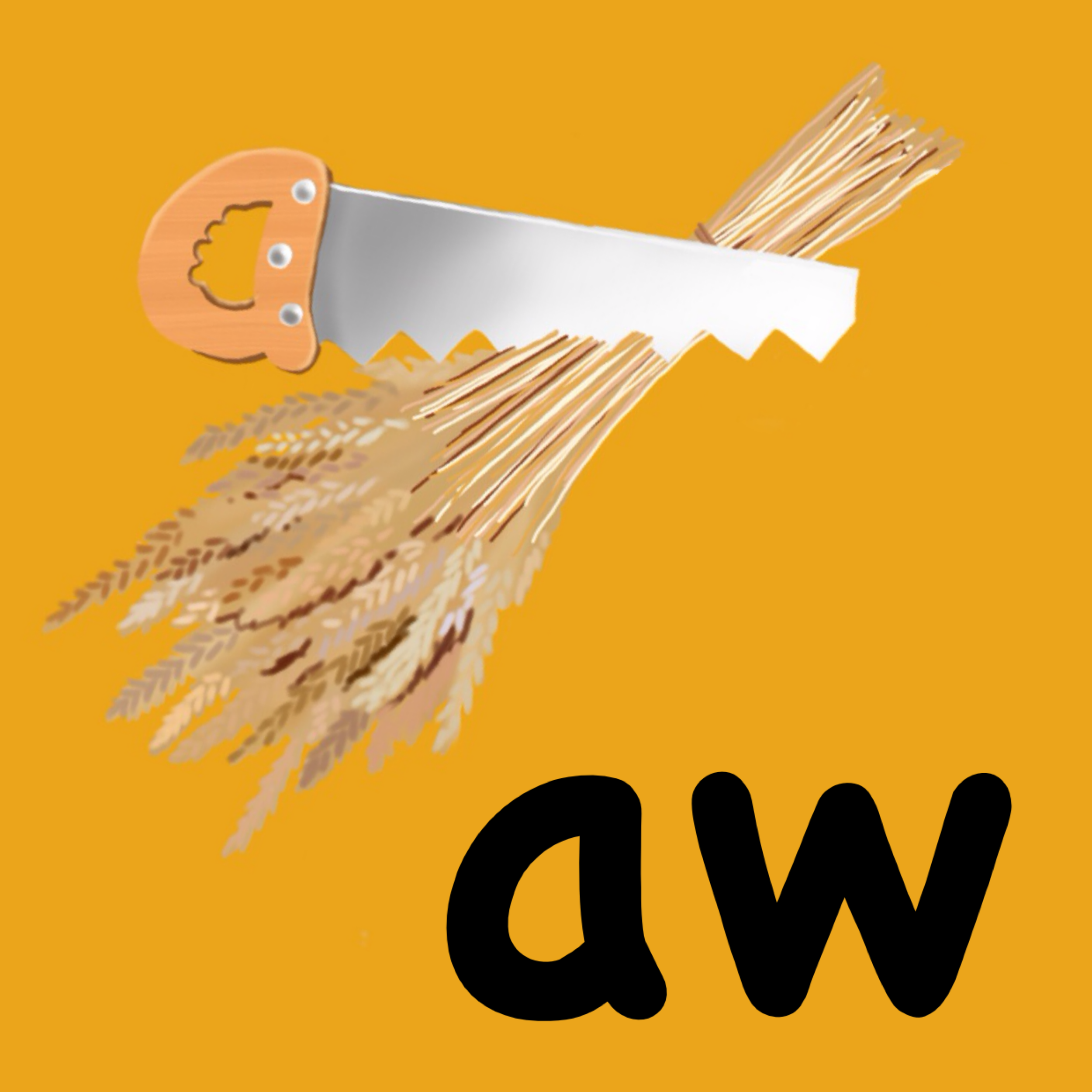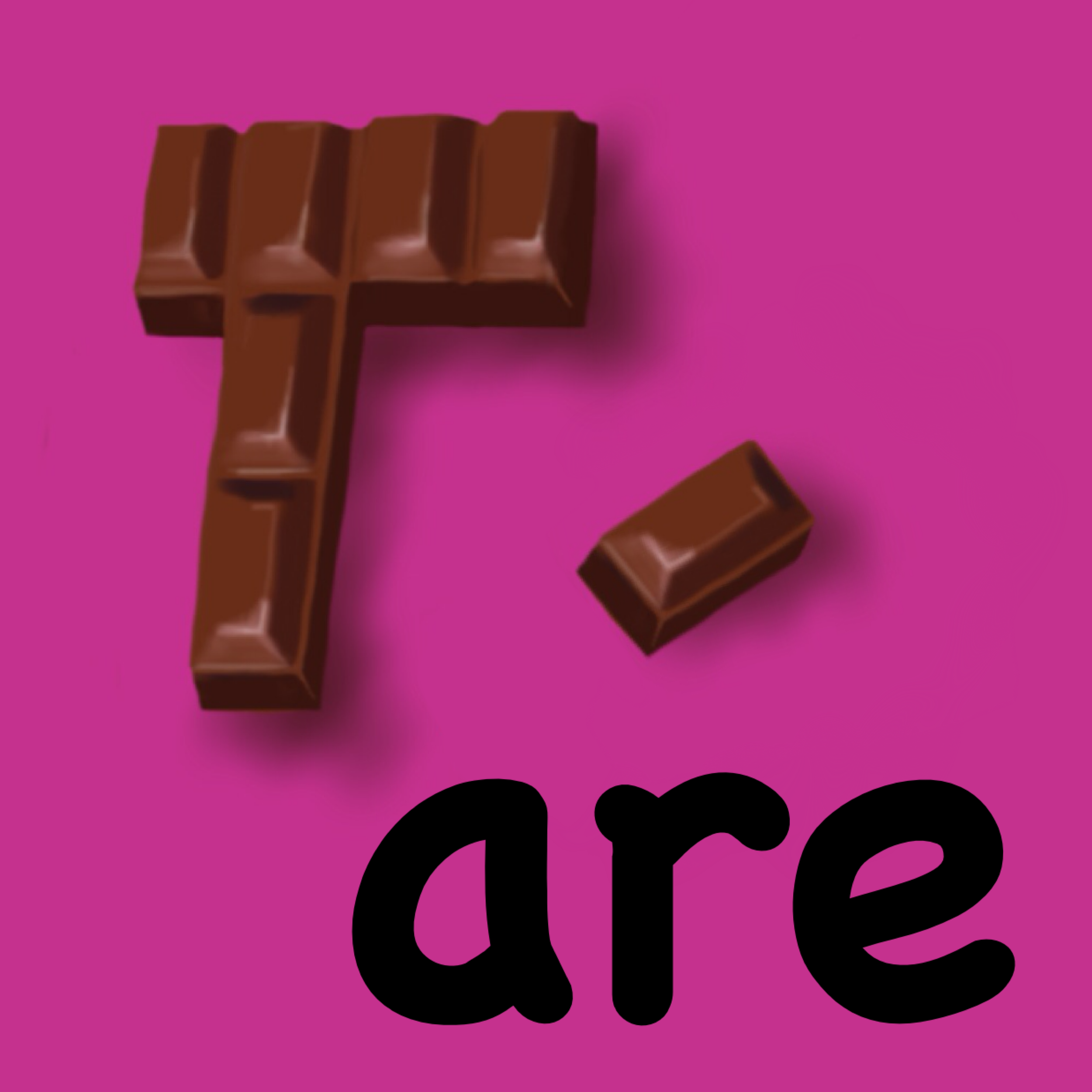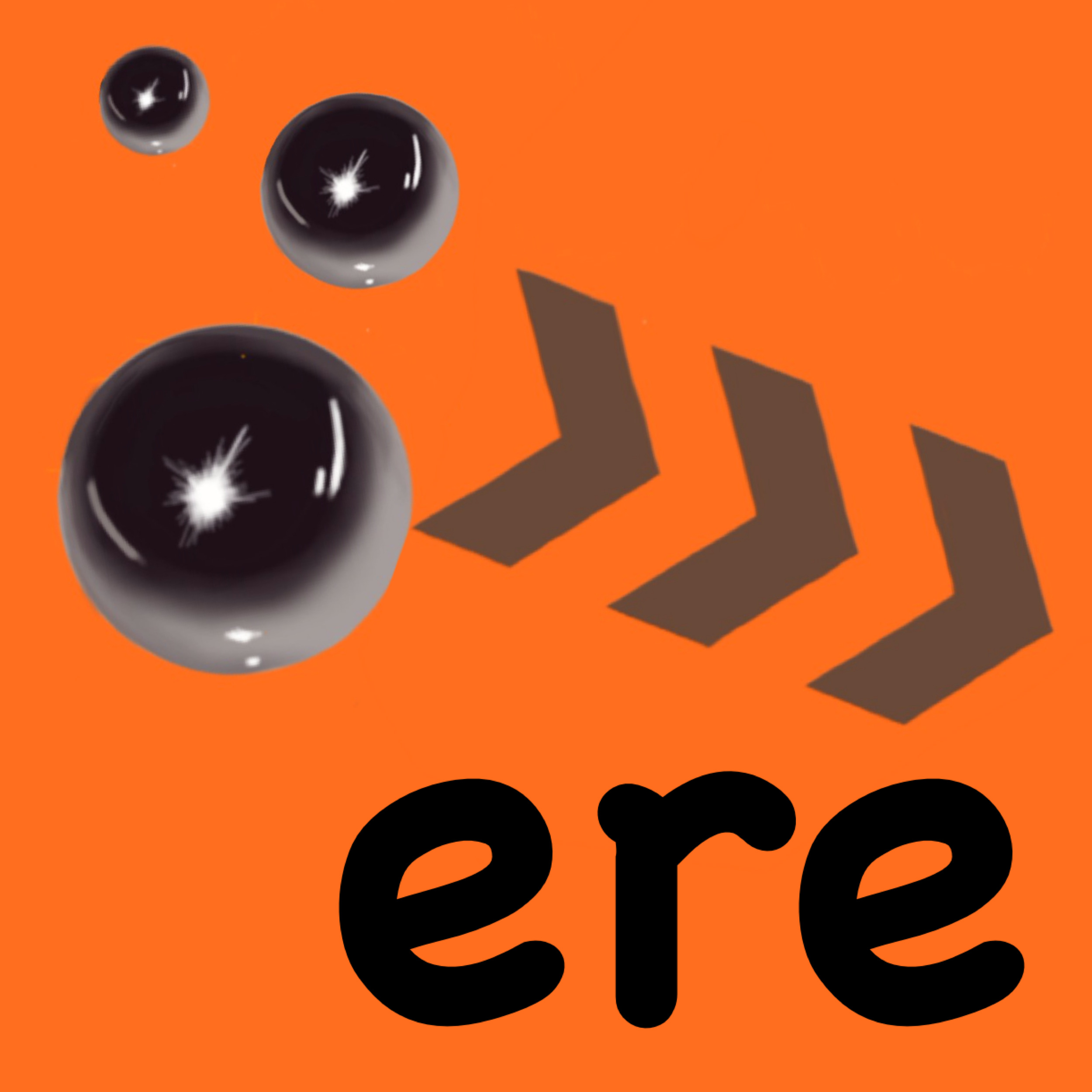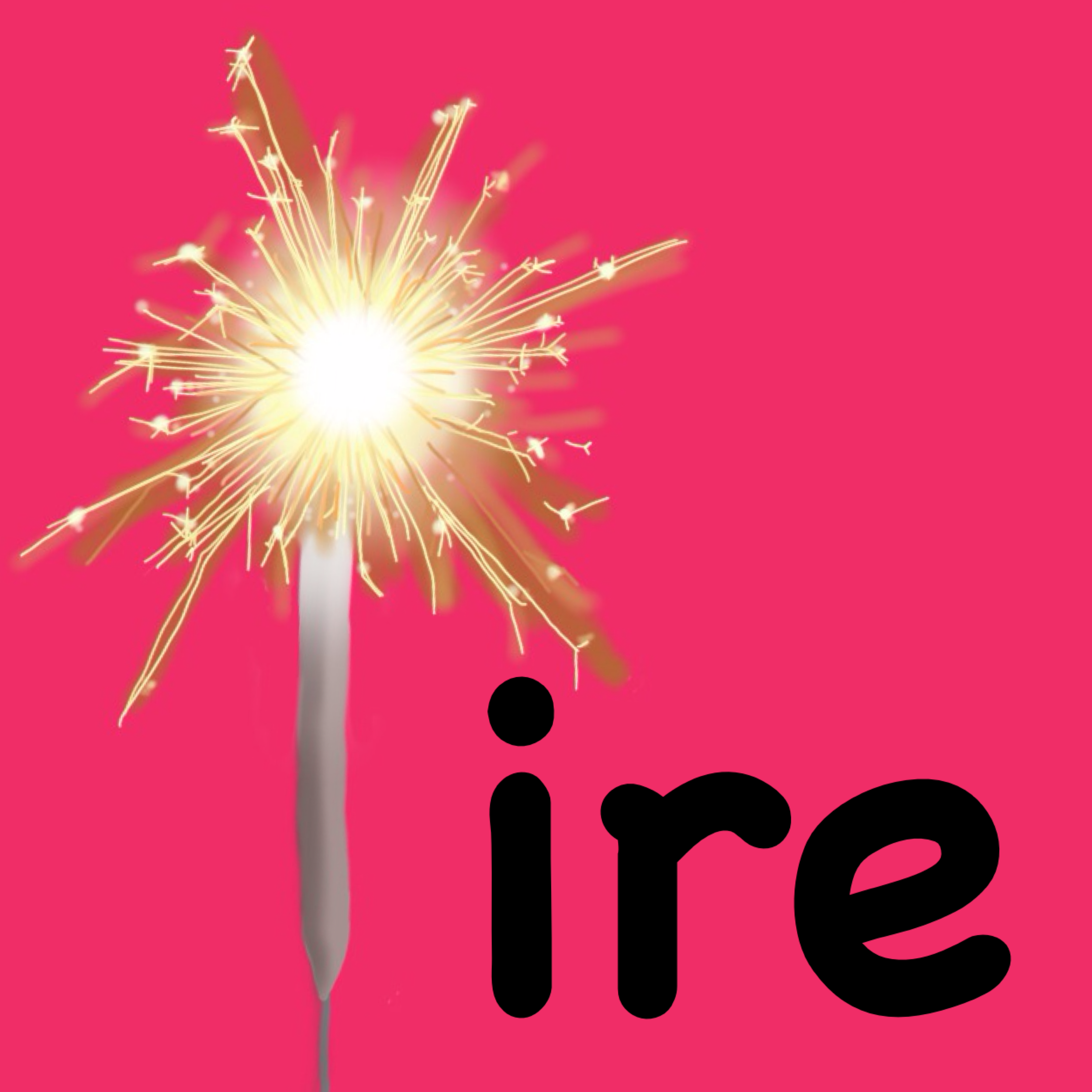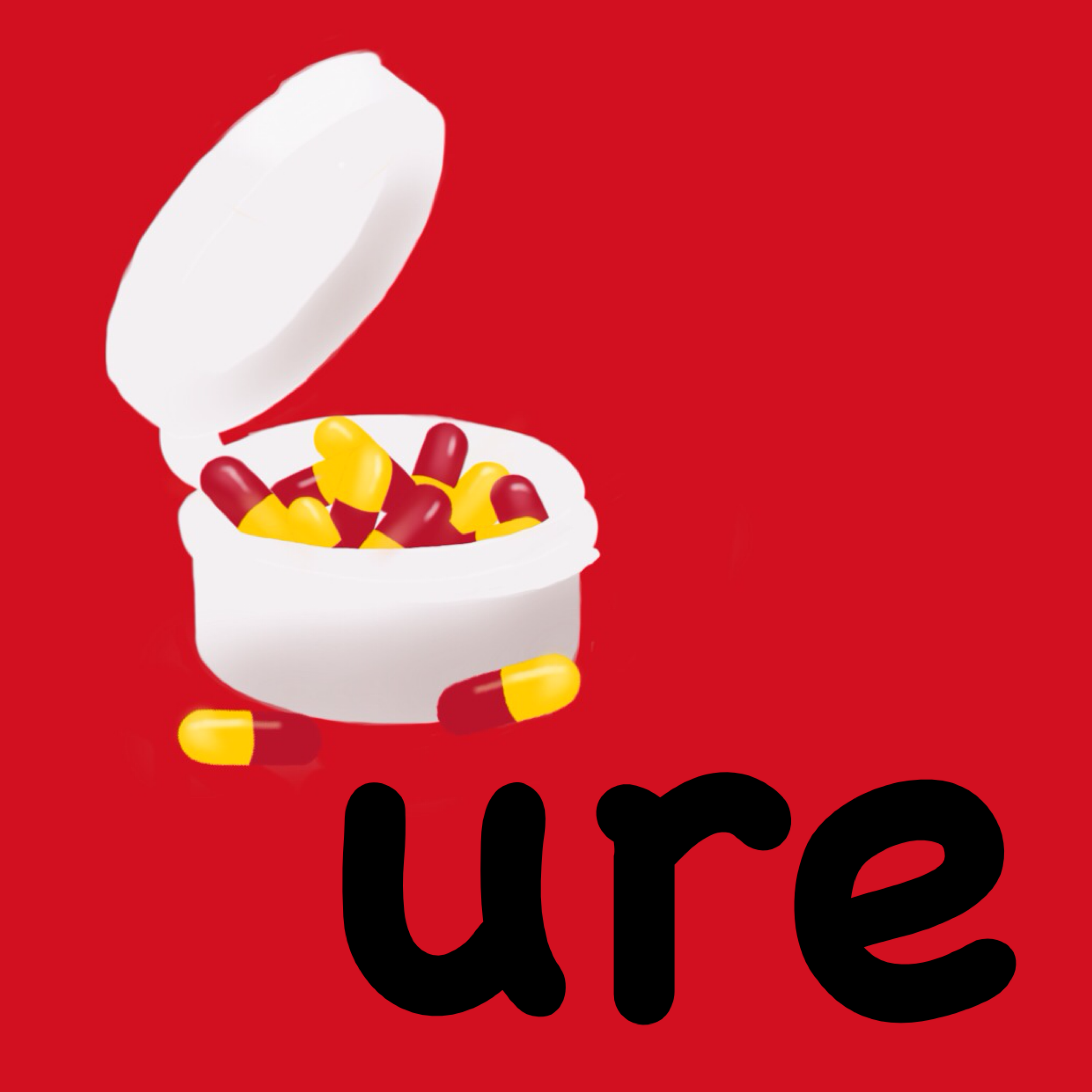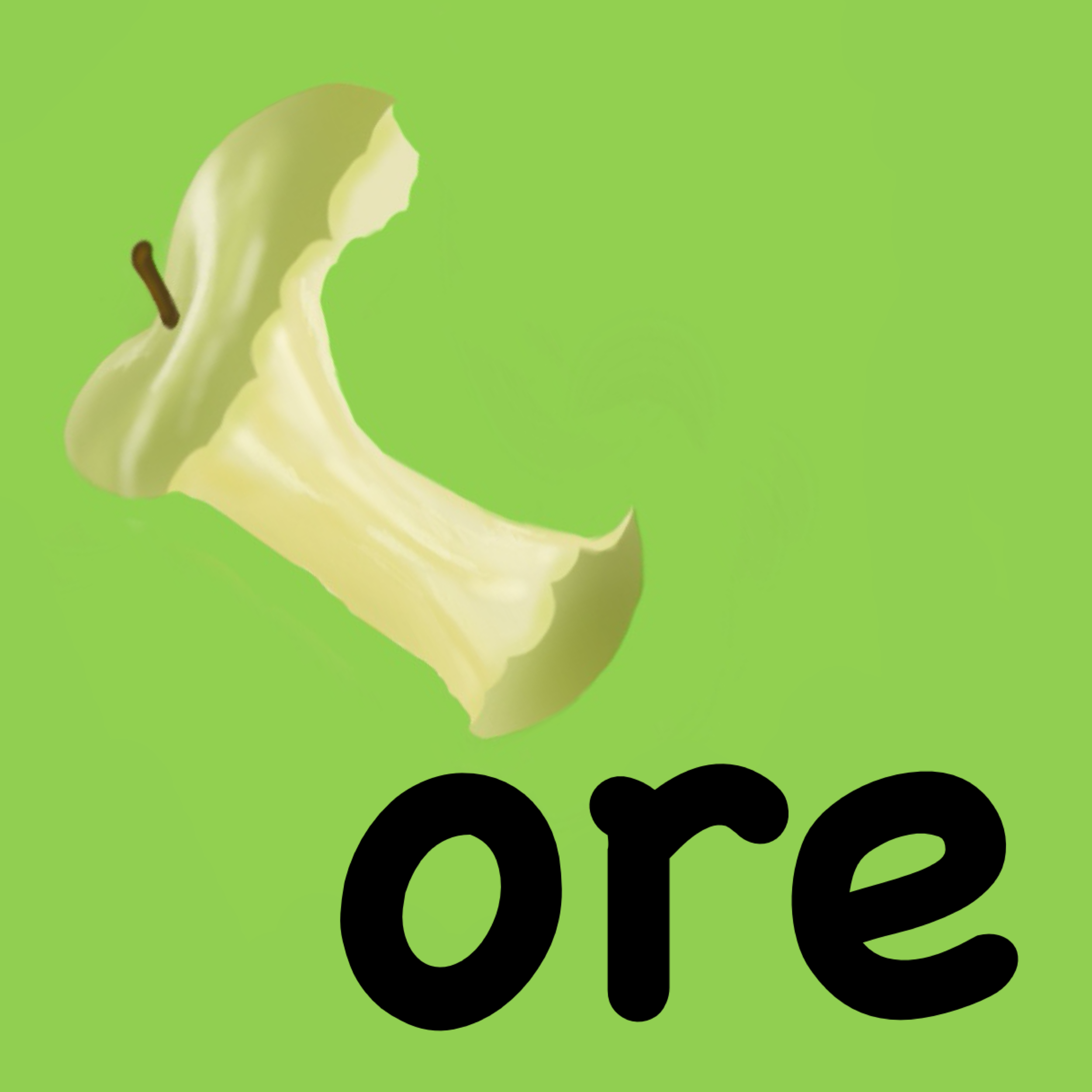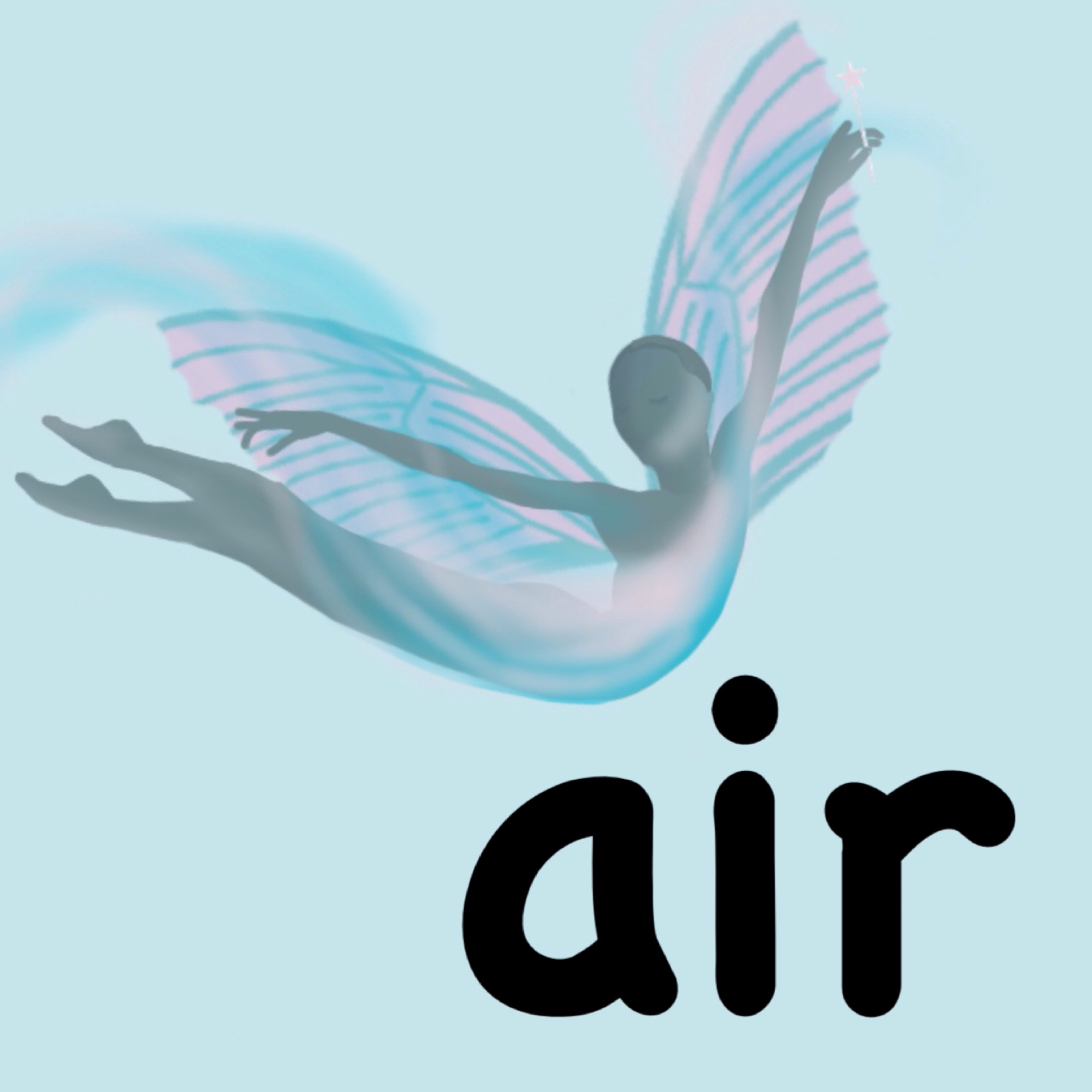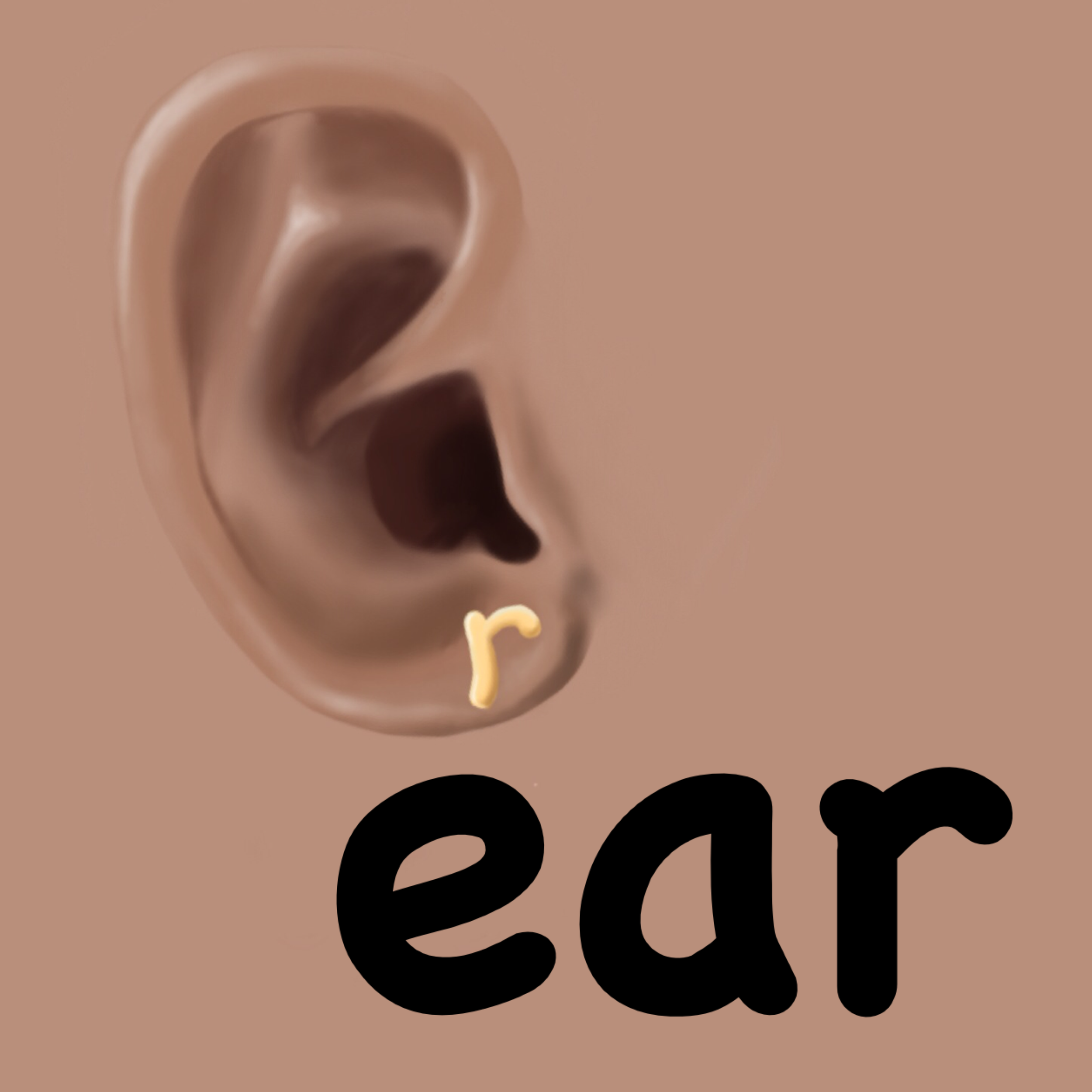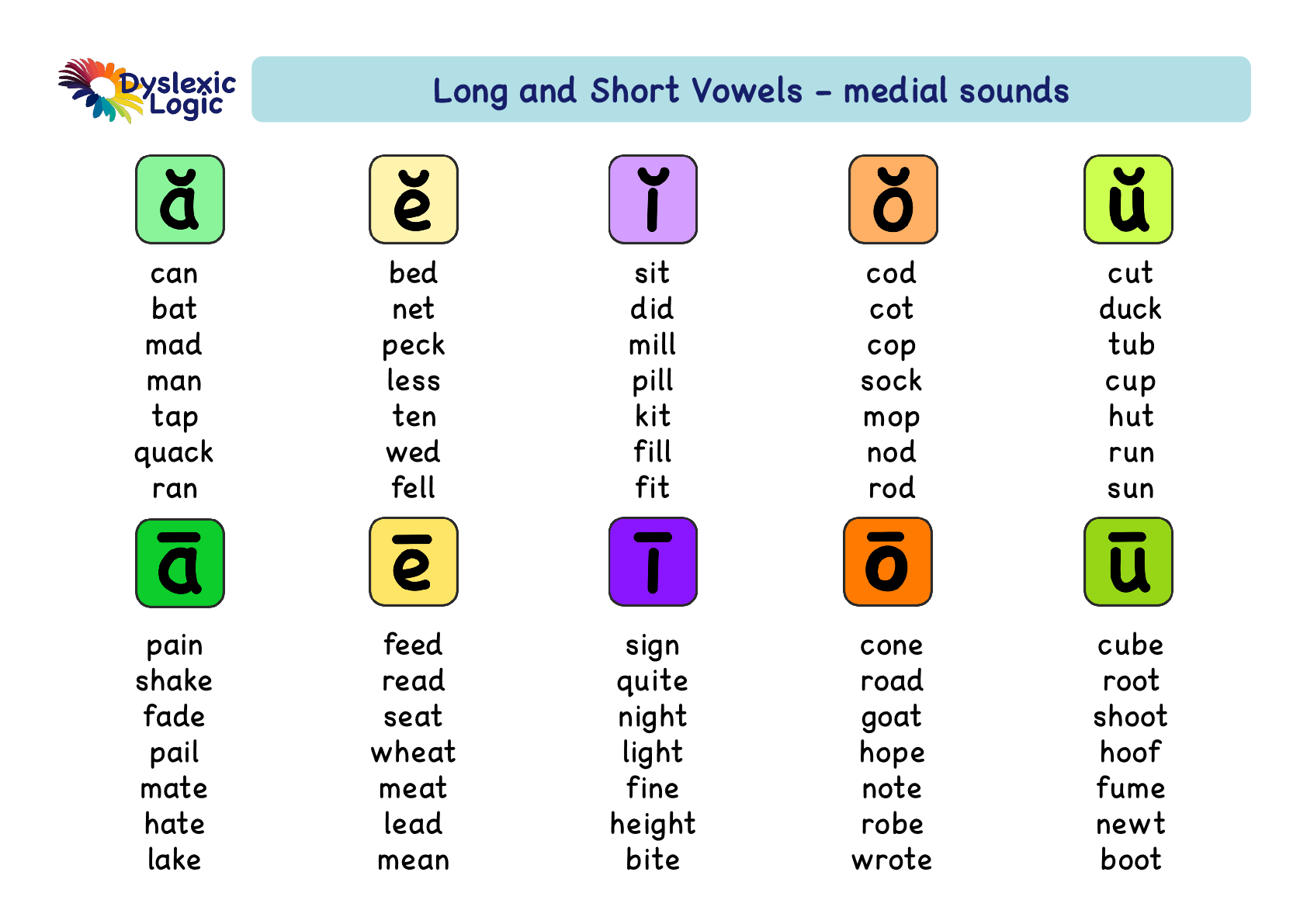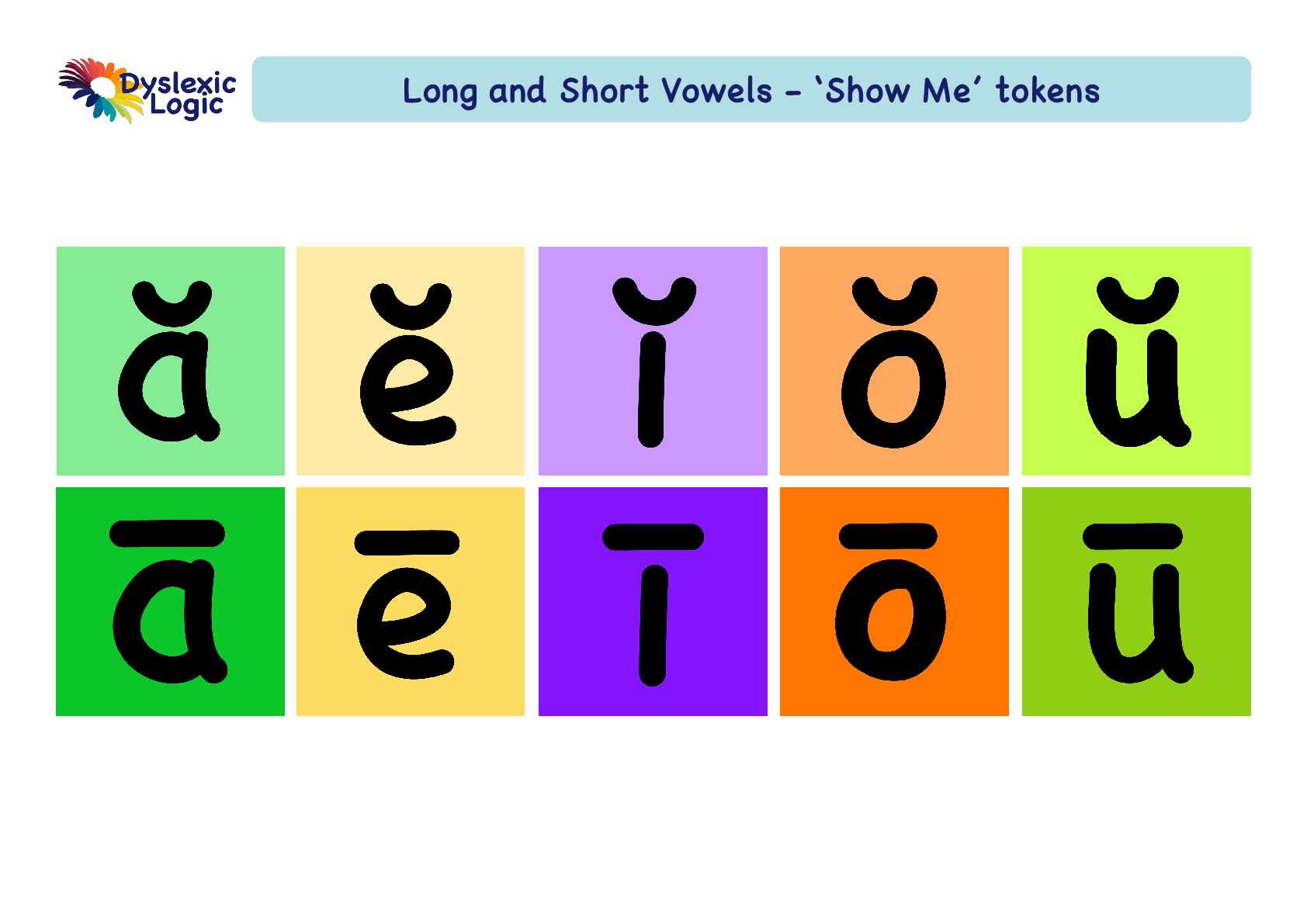The Phonics Programme
Follows synesthetic learning principles of multi-modal learning.
Ensures that graphemes that are visually or phonologically similar have dissimilar picture, gesture and colour associations.
Uses picture and gesture cues to support memory, with integrated colour, spatial and temporal differences between graphemes and phonemes.
Uses a fade out system to slowly withdraw support in response to individual learning patterns
Fabulous Phonics Printables
Our sound cards can be printed out as a complete sets here, or individually (below) as each new grapheme or phoneme is introduced.
Each grapheme also links with an action, shown in our gesture videos. By pairing graphemes with pictures and actions the pairing between grapheme formation and the associated sound is no longer arbitrary.
Fabulous Phonics picture cards can be used to create a fun and effective learning environment.
Individual sets of cards can be used to ‘fade out’ from pictures to letters, tracking individual progress step by step.
Click on individual letters/graphemes to access teaching and learning resources
Short Vowels
Extra Short Vowels
Consonant Digraphs
Long Vowels
Crazy Vowels
R-Controlled Vowels
Complex R-Controlled Vowels
Short and Long Vowels
You may find it useful to check that children are secure in hearing and identify the difference between their short and long vowel sounds. Understanding the shift between short and long vowels helps structure their understanding of how the sounds/spelling patterns relate to each other and later relates to the sound map structure.
